LATEST INSIGHTS
Your Present Location: LATEST INSIGHTS-

Bian Yongzu: China's overall forex reserves will remain stable
On September 7, China's central bank the People's Bank of China released data showing that China's total foreign exchange reserves in August were 3.1097 trillion US dollars, down 0.26 percent from the end of July.
2018-09-10 -
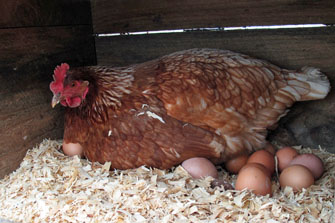
Wang Yiwei: The Opportunity of the Belt & Road
Belt and Road Initiative (BRI) is not about infrastructure per se, it is about the enabling impact of infrastructure for economic growth and independence.
2018-09-10 -
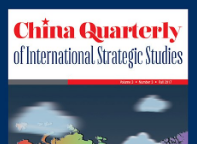
China’s New Role in Global Governance: Shaping the Emerging World Order
Since China rejoined the global economy four decades ago, it has adopted a peaceful development strategy that is deeply rooted in the peaceful DNA of the Chinese civilization. Benefiting from comprehensive engagement with other countries, China has bolstered its contribution to globalization and the global governance system with its own robust economic growth, more active participation in such key mechanisms as the Group of Twenty (G20), and a “China model” that provides valuable lessons for oth
2018-09-07 -
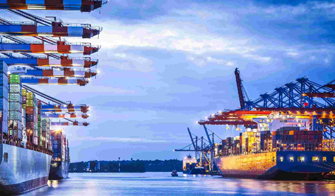
Tariffs backfire? US trade deficit at five-month high in July
The US trade deficit rose to a five-month high in July as exports of soybeans and civilian aircraft declined and imports hit a record high. Experts suggested the deterioration in the deficit could be a drag on American economic growth in the third quarter, continuing into the mid-term elections.
2018-09-07 -
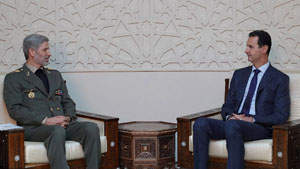
Syria civil war: Hard to close Pandora's box once opened
The Syrian civil war has been going on for almost 8 years with about half a million people losing their lives, one million suffering injuries and 12 million left homeless.
2018-09-07 -
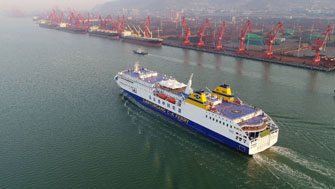
Zhao Minghao: How does the BRI contribute to policy coordination?
The Belt and Road Initiative (BRI) is celebrating its fifth anniversary. Its outstanding achievements largely depend on policy coordination, which is a kind of “soft connectivity” that can effectively support infrastructure construction such as railways, highways and oil and gas pipelines. At present, 103 countries and international organizations have signed relevant agreements with the Chinese government under the BRI.
2018-09-06 -
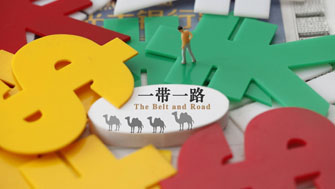
Wang Wen & Yang Tingting: Discrediting the Belt and Road Initiative as 'debt trap' is untenable
This year marks the fifth anniversary of the Belt and Road Initiative (BRI). While its spirit of peace, cooperation and mutual benefit as well as its principles of extensive consultation, joint contribution and shared benefits have been increasingly recognized, some foreign scholars constantly coined new terms to discredit the initiative.
2018-09-06 -
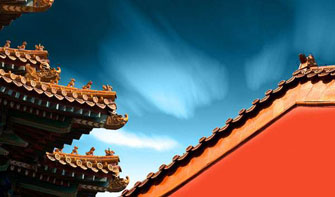
Ding Gang: Chinese values will determine nation’s future
The reform and opening-up over the last 40 years is a good starting point to observe China. How did China get to where it is today? Where is it heading? These 40 years have become reference coordinates for answering such questions.
2018-09-06 -
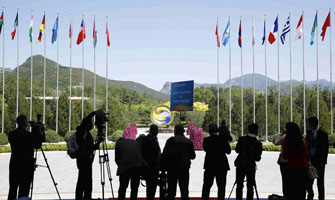
Liu Zhiqin: The Belt and Road Initiative wins global respect
The Belt and Road Initiative (BRI) has been ongoing for five years. In the past few years, the BRI has achieved great progress and won notable respect from all over the world.
2018-09-05 -
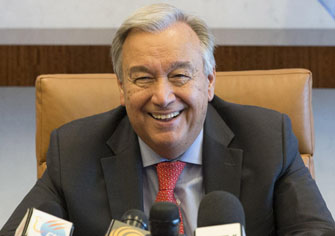
UN chief: FOCAC 'extremely important'
The cooperation between China and Africa is an "absolutely vital" instrument for the success of Africa's development, UN Secretary-General Antonio Guterres said on Thursday before departing for Beijing for the Forum on China-Africa Cooperation.
2018-09-05 -
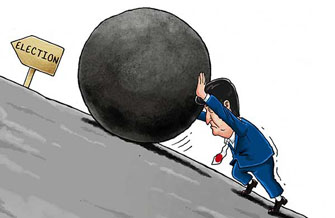
Guan Zhaoyu: Abe must not rush through constitutional revision
Japanese Prime Minister Shinzo Abe has announced he would contest the Liberal Democratic Party's presidential election scheduled for Sept 20, sparking speculation that he is eyeing a third consecutive term as prime minister because the LDP leadership election is seen as an advance contest for Japan's top political post.
2018-09-05 -
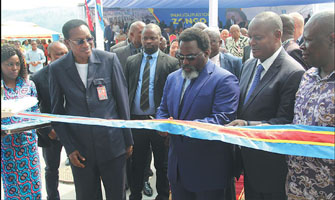
Wang Yiwei: BRI will help realize 'African Dream'
President Xi Jinping proposed the Belt and Road Initiative five years ago to bridge the development gaps among countries, improve peoples' living standards and promote sustainable, shared development. This makes the initiative a global cooperation network that connects countries by air, land, sea and cyberspace, and extends beyond the Eurasian continent to Africa and Latin America.
2018-09-05 -
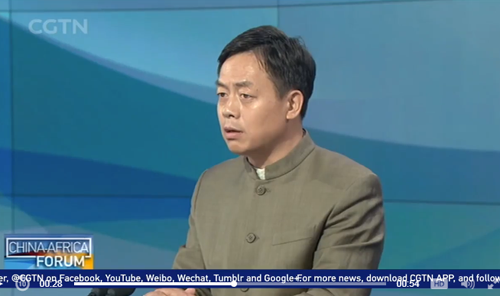
How will China's investment portfolio in Africa change?
China's 60-billion-US-dollar financial support to African countries will be invested in eight major fields. Apart from familiar areas like infrastructure and connectivity, the money will also go to green development.
2018-09-05 -
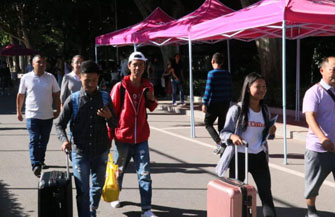
Rural kids struggle in top college
A story on the gap in social status and family background stigma faced by students from poor areas studying in China's top universities is trending on Chinese social media.
2018-09-05 -
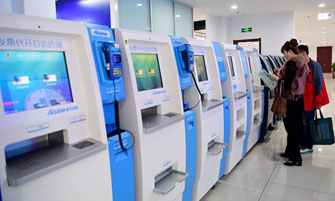
China’s new tax law will benefit poorer, release spending power
China's top legislature recently voted to adopt the revised individual income tax law, a move experts said will create fairer income distribution as well as stimulating domestic consumption and securing a virtuous cycle in China's economic growth.
2018-09-04 -
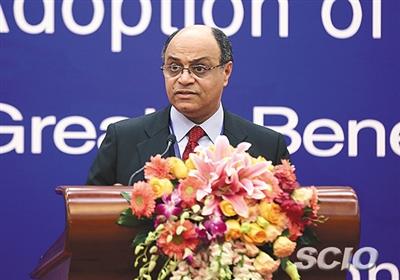
Hisham El-Zimaity: B&R Initiative boosts common prosperity
Ambassador Hisham El-Zimaity, Former Assistant Foreign Minister of Egypt for International Organizations and Multilateral Diplomacy, a Non-Resident Senior Fellow of Chongyang Institute for Financial Studies at Renmin University of China, replies to interview-questions by Beijing News on FOCAC, China-Africa Relations, and China-Africa cooperation under the "Belt and Road Initiative".
2018-09-04 -
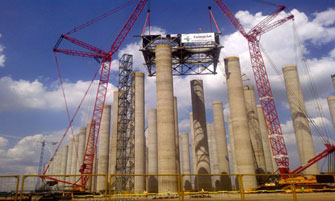
China's full supply chain export to Africa 'a fundamental edge'
Chinese companies have the capacity of exporting technology and talent to African countries, a major way of helping local industries grow sustainably. Bilateral infrastructure cooperation exemplifies engagement on the entire supply chain, industry representatives said.
2018-09-04 -
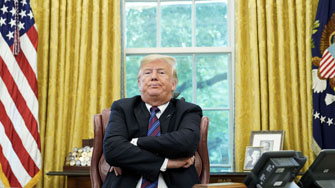
Zhao Minghao: Trump administration should not overestimate its chances of winning the trade war
Recently, the Office of the United States Trade Representative held a hearing on imposing high tariffs on 200 billion US dollars worth of Chinese products. About 360 representatives of various US enterprises and commercial organizations attended. The Trump administration's economic and trade offensive against China has been widely questioned, making American companies and people victims of the trade conflict.
2018-09-03 -
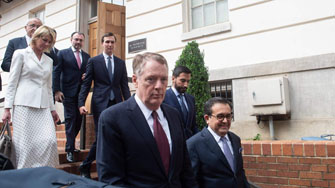
Wang Peng: US-Mexico trade agreement, Dawn or nightmare?
On August 27, US President Donald Trump announced soundly that the United States had reached "one of the biggest trade deals ever" with Mexico, and expressed his intention to terminate the North American Free Trade Agreement (NAFTA).
2018-09-03 -
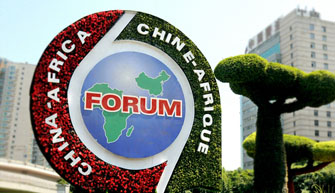
China’s experience in e-commerce, agriculture effective in helping reduce poverty in Africa
Cooperation in e-commerce and agriculture between China and Africa would effectively help reduce poverty, realize inclusive growth and assist the continent in achieving sustainable development in the long-term, experts said at a forum held in Beijing on Friday.
2018-09-03
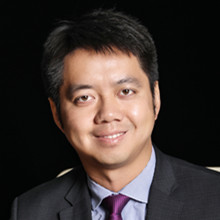
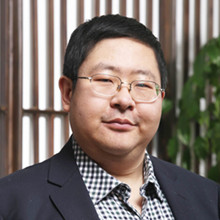
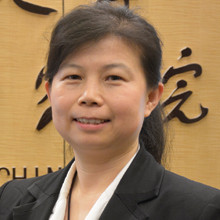
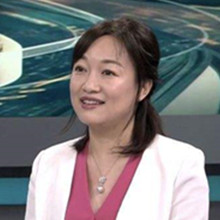
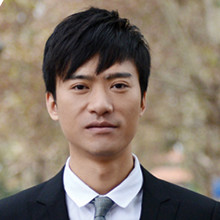

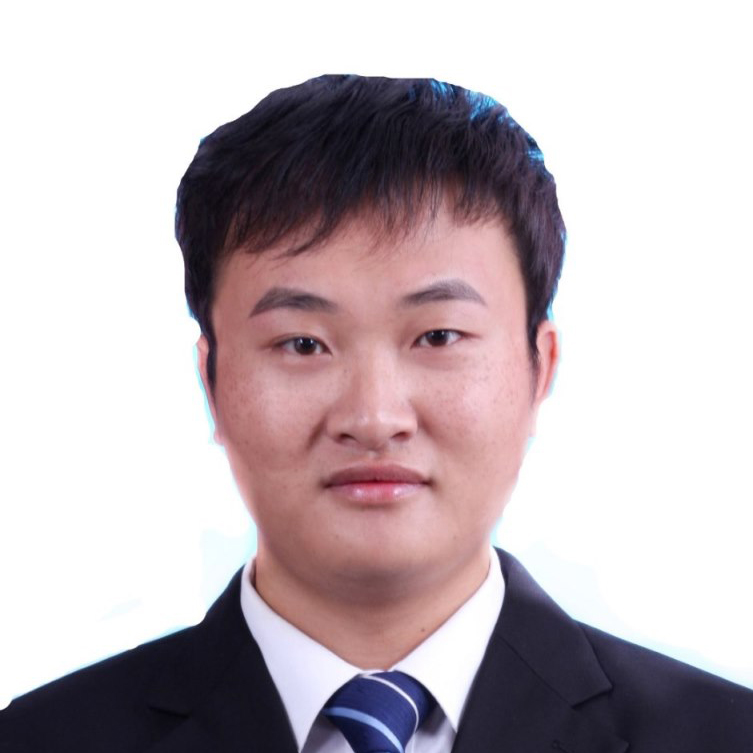
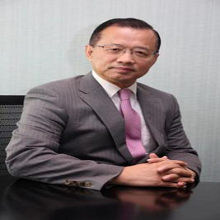

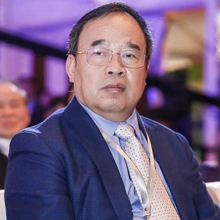
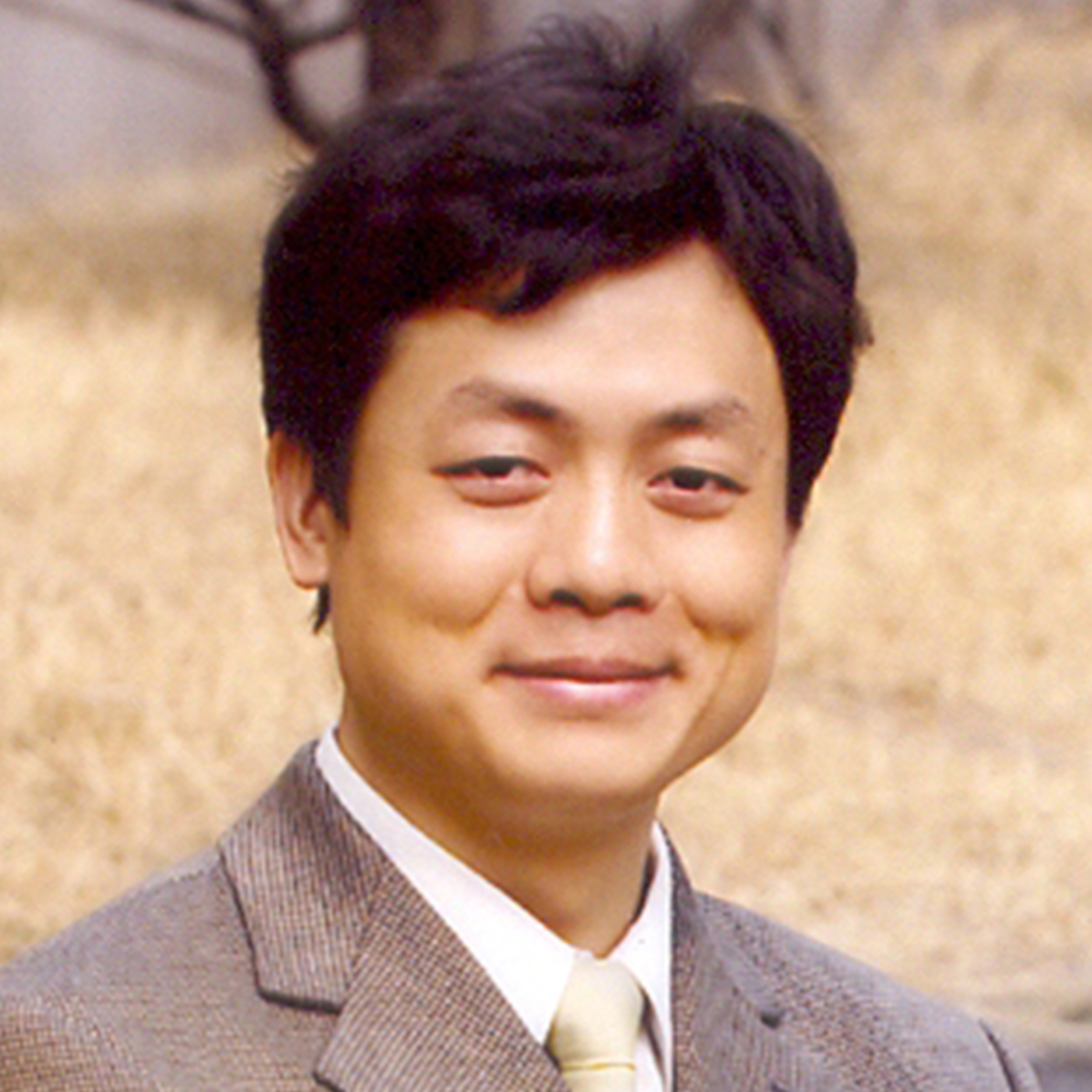
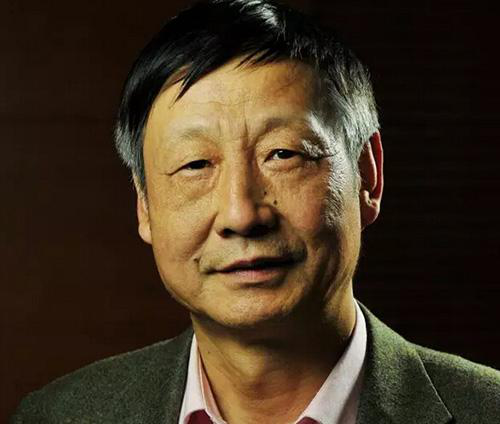
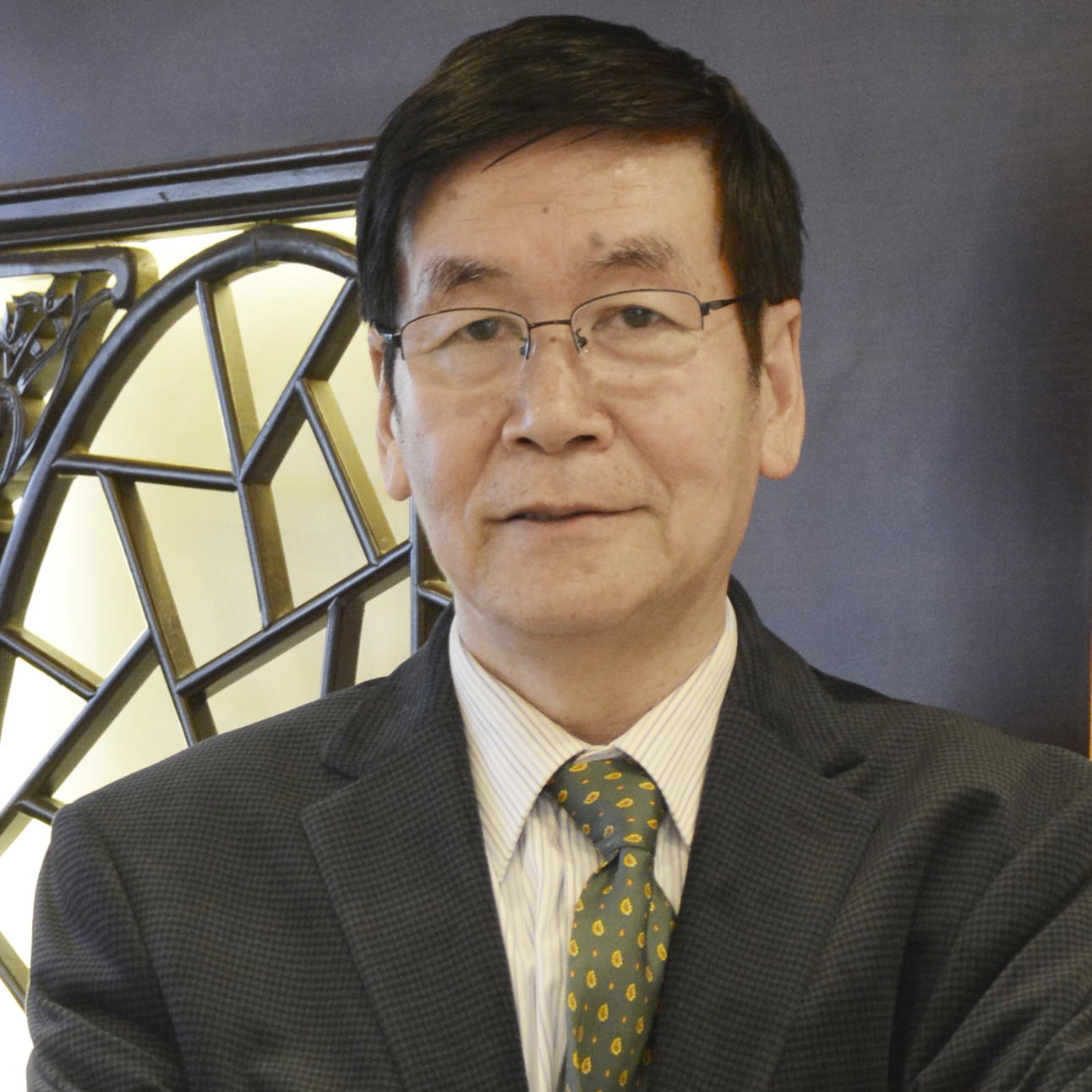
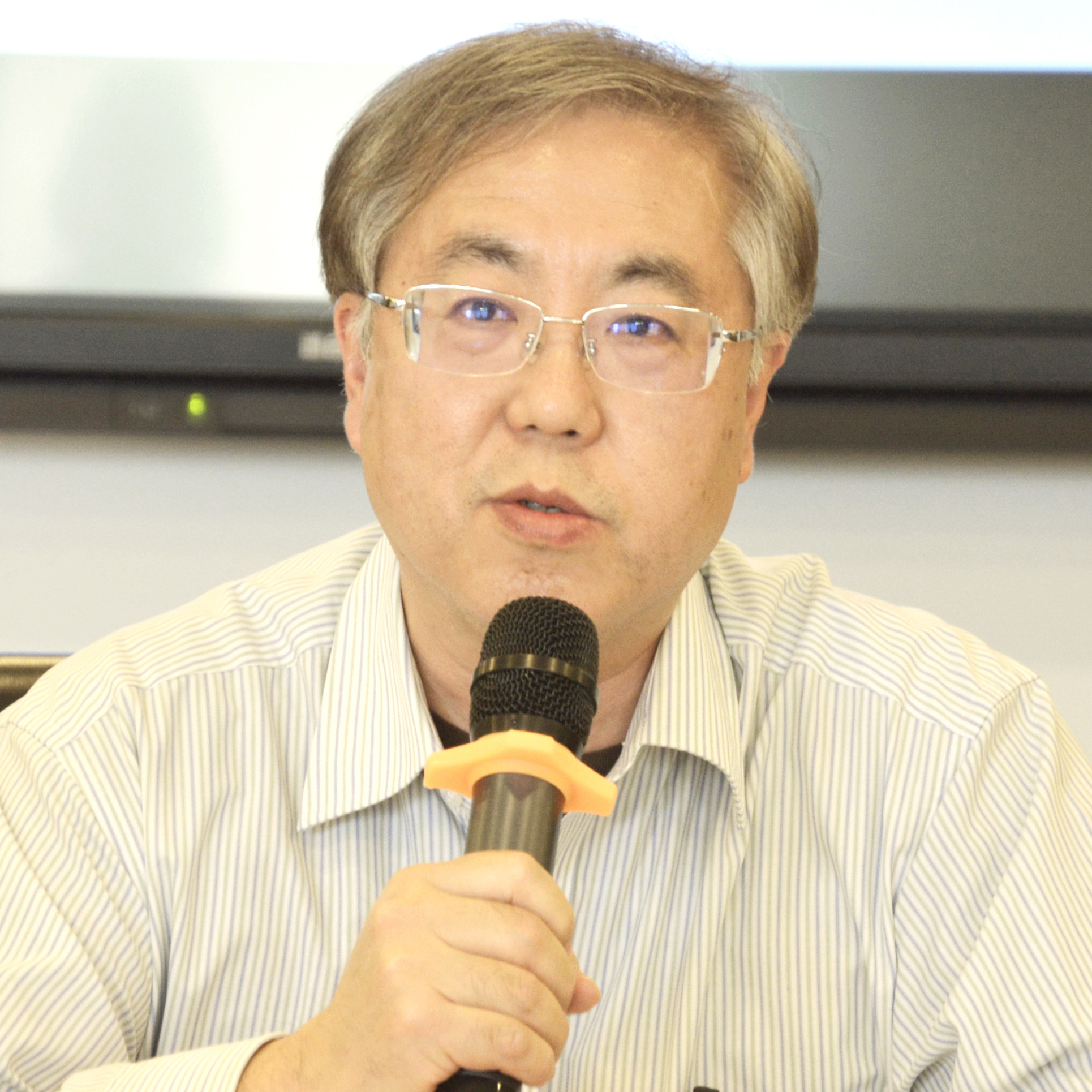

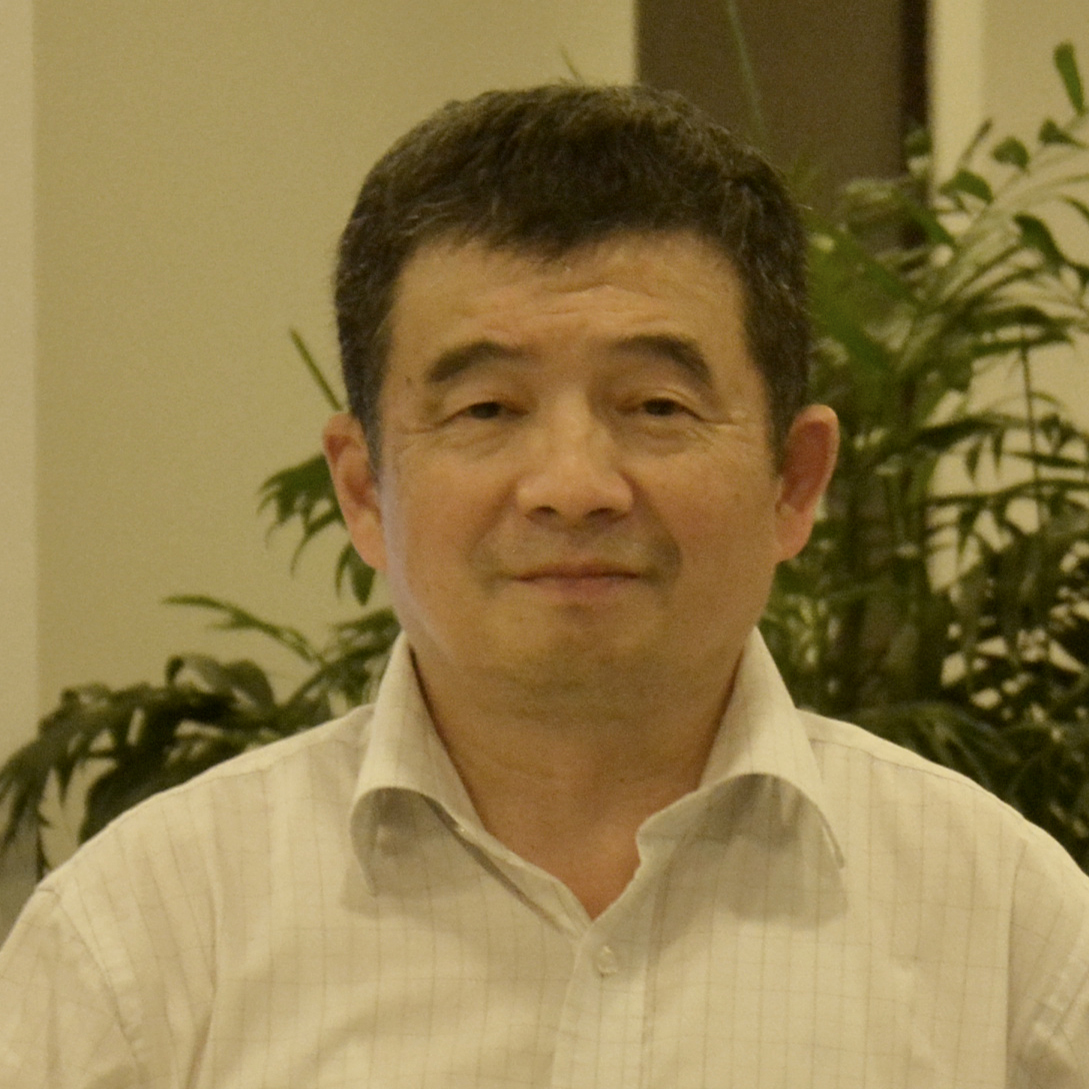
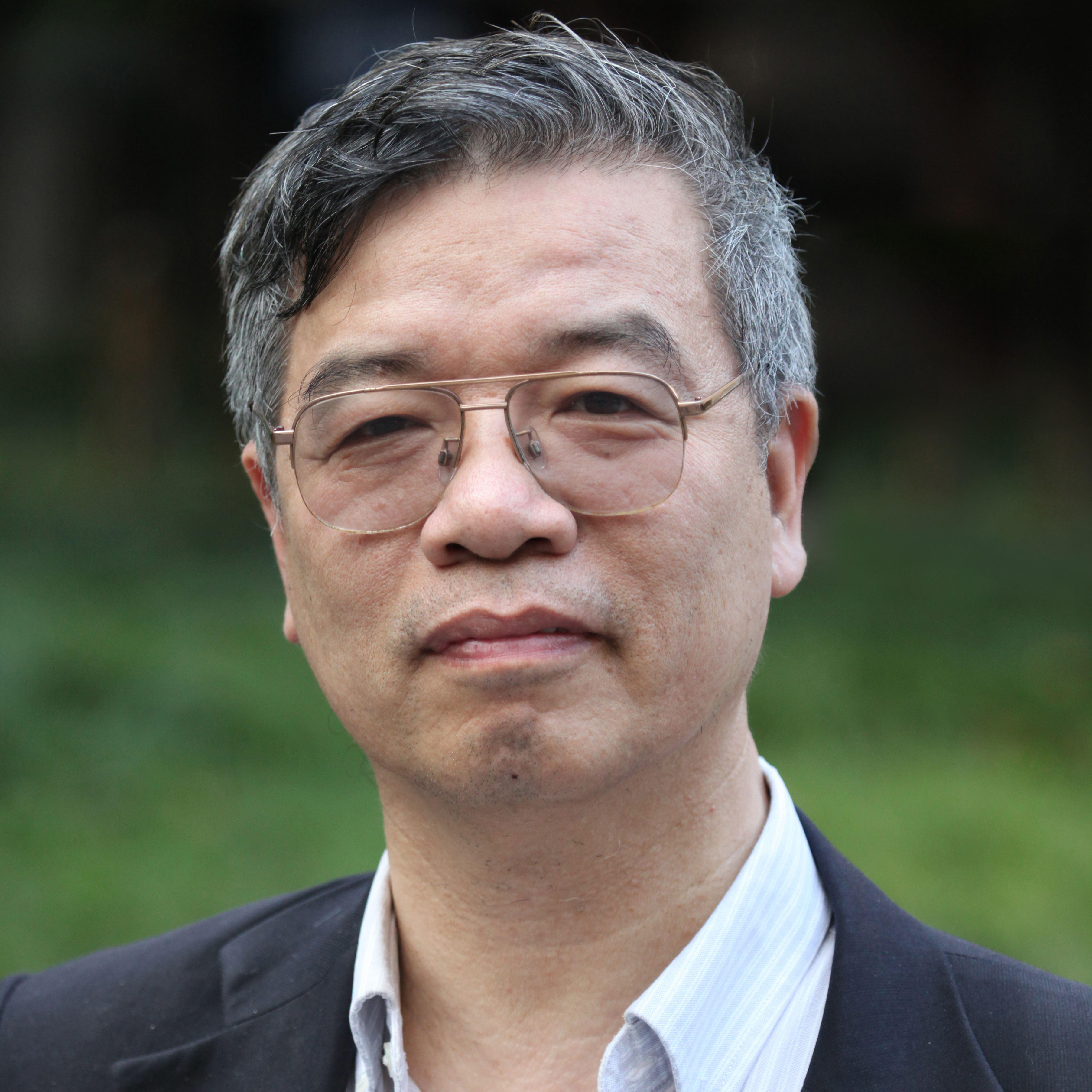
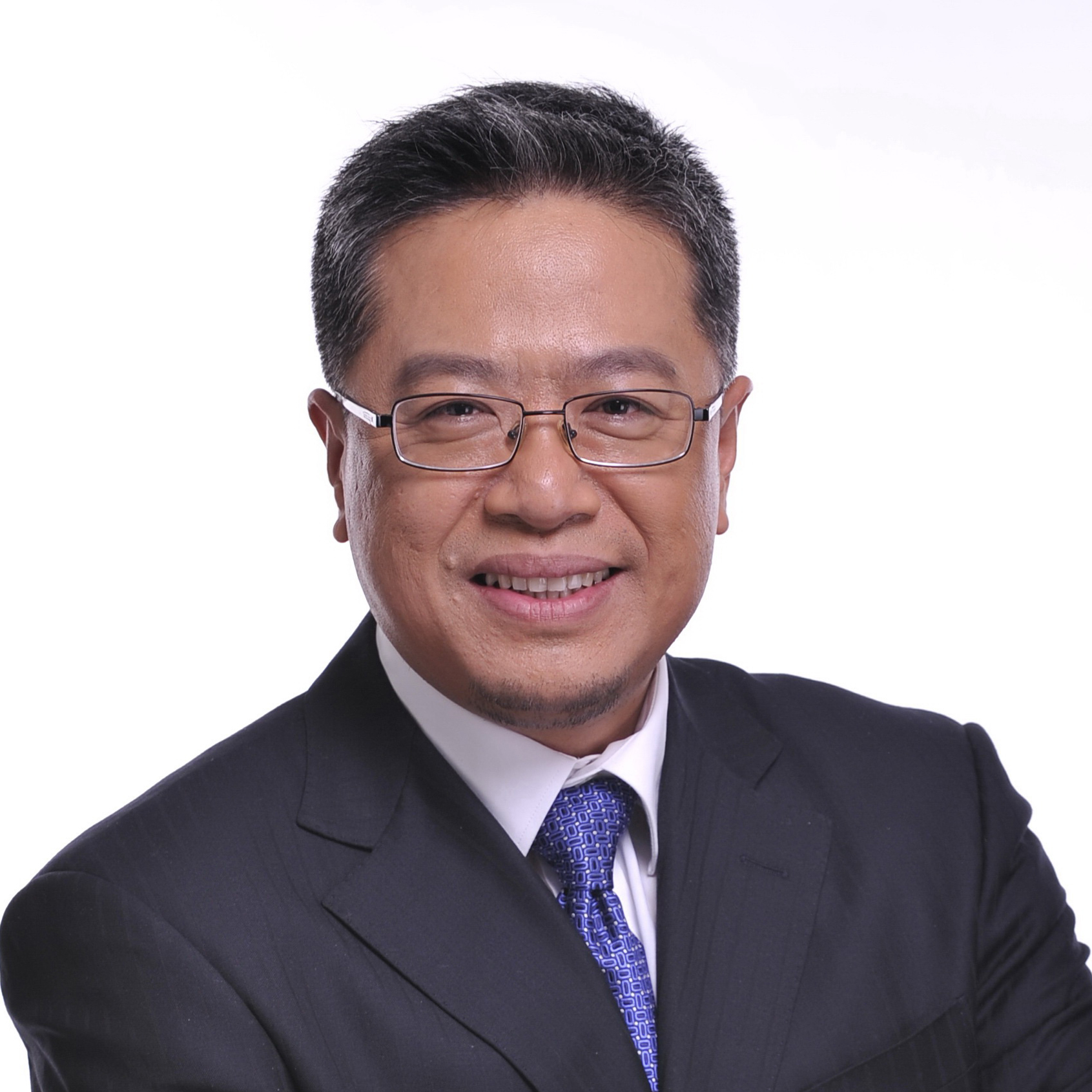
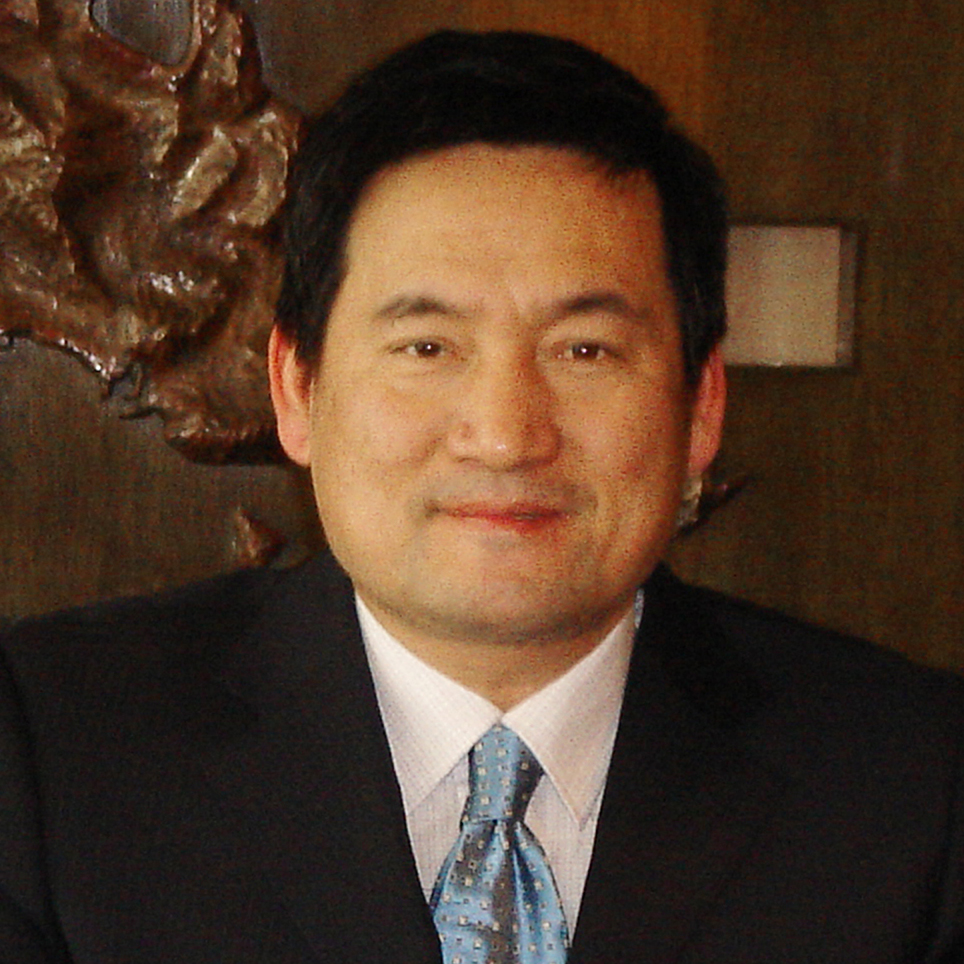


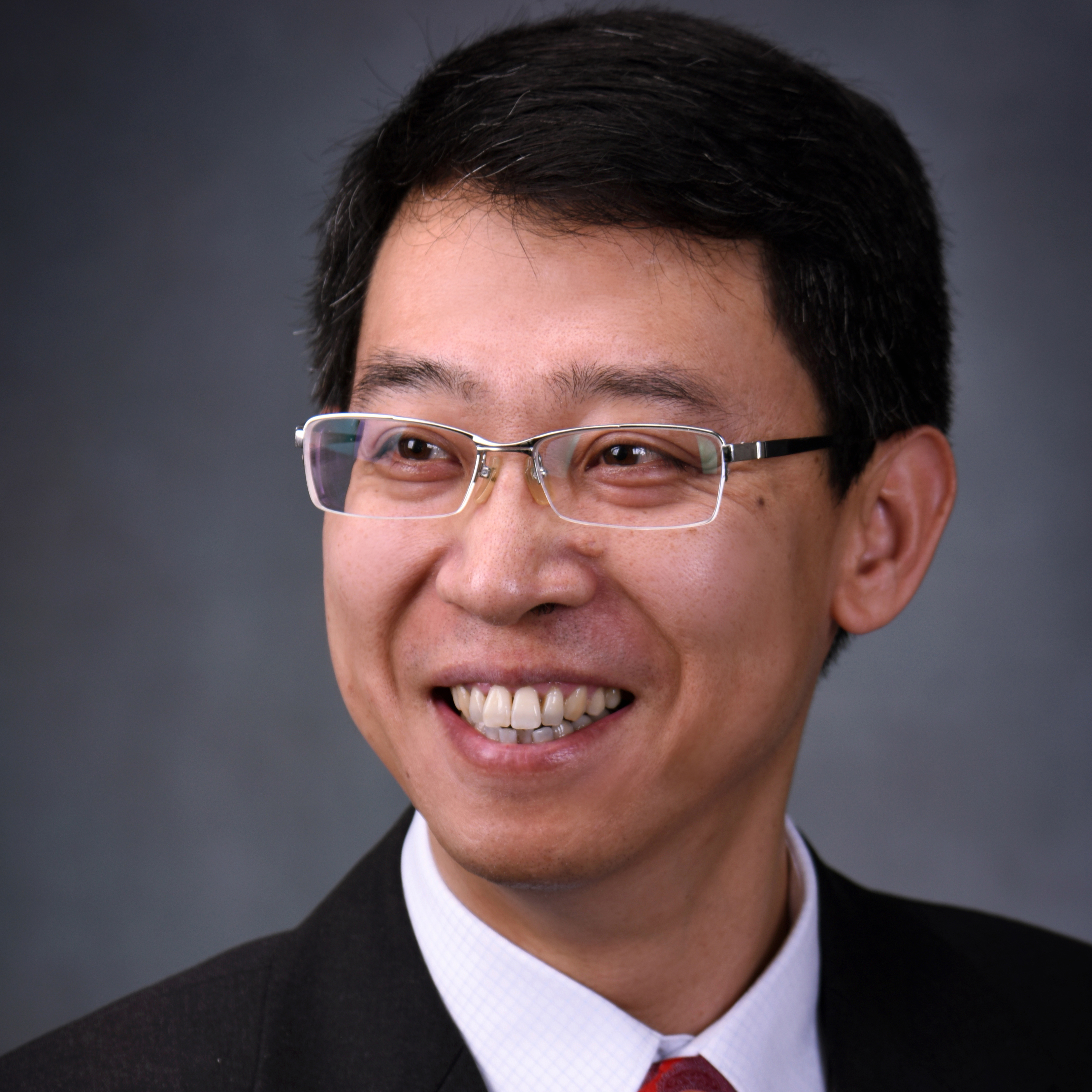


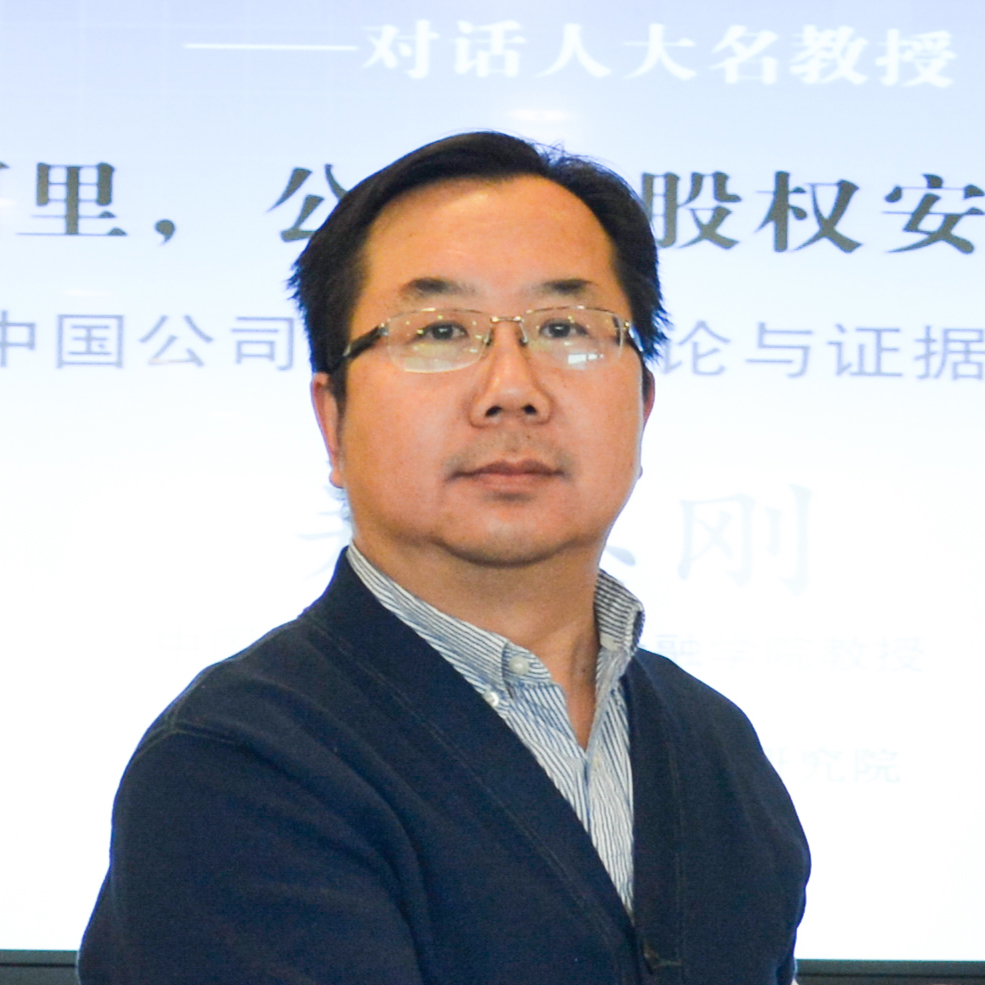
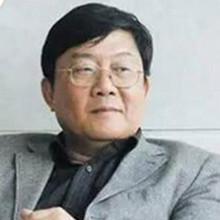

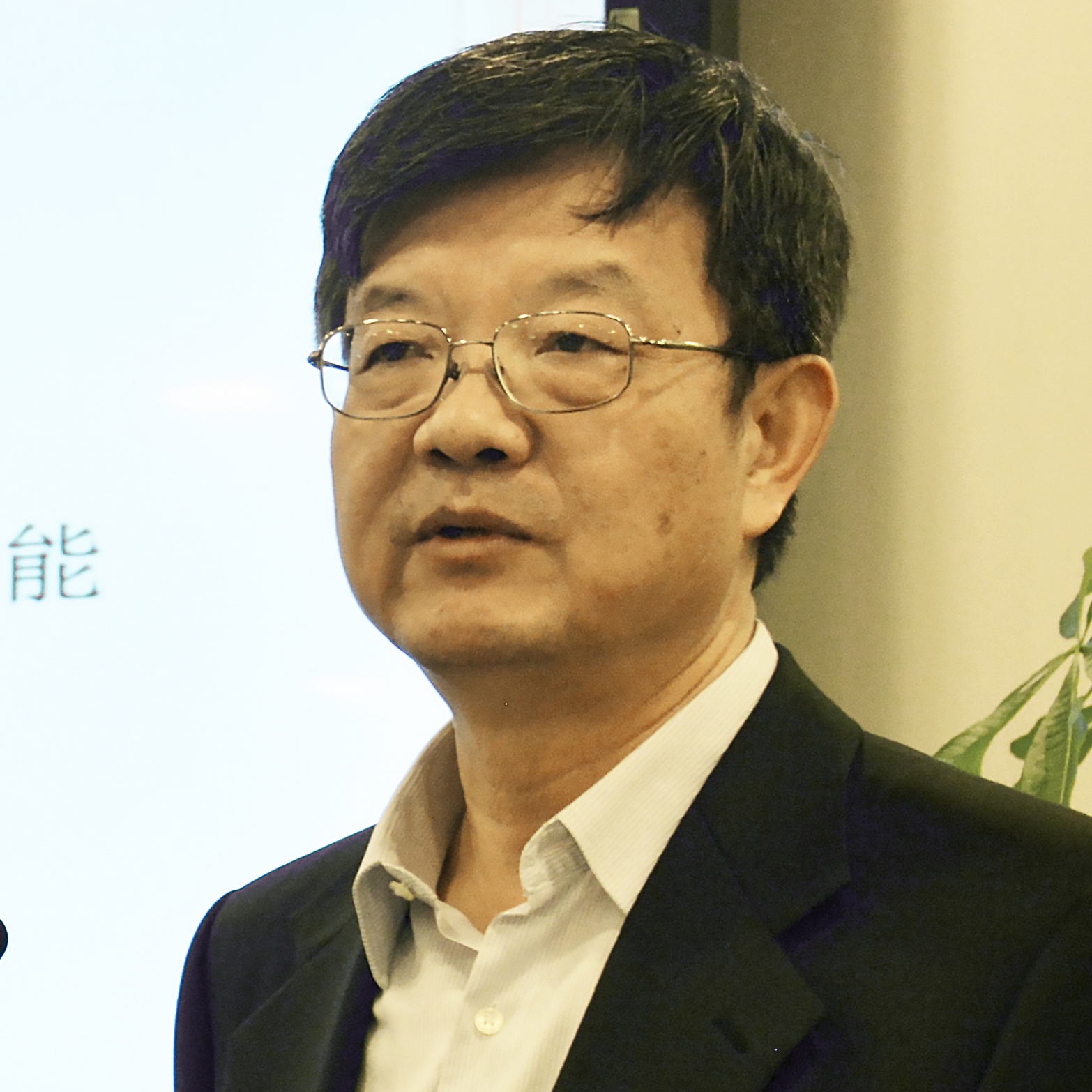

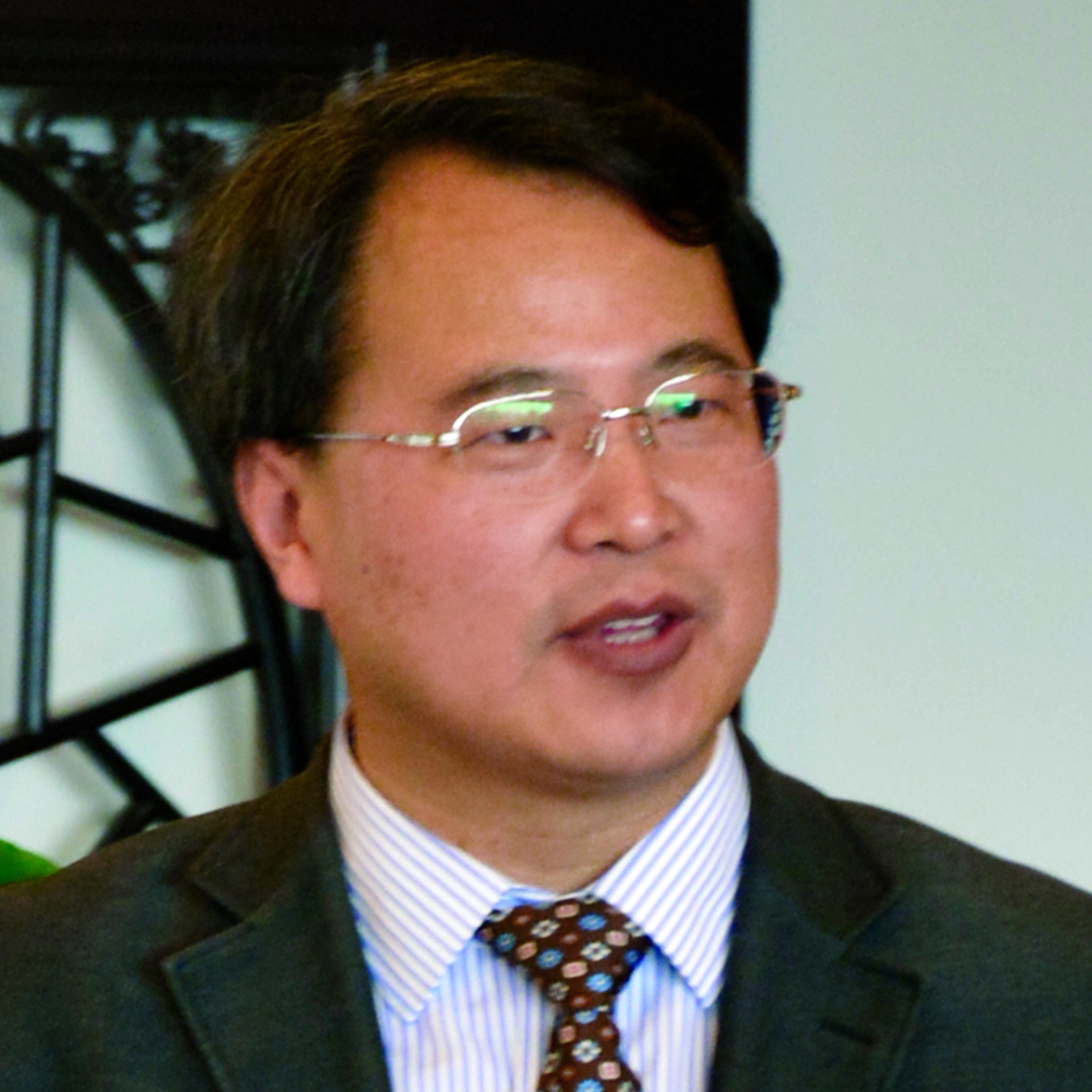
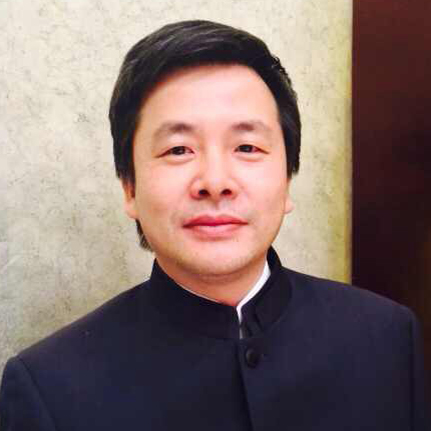
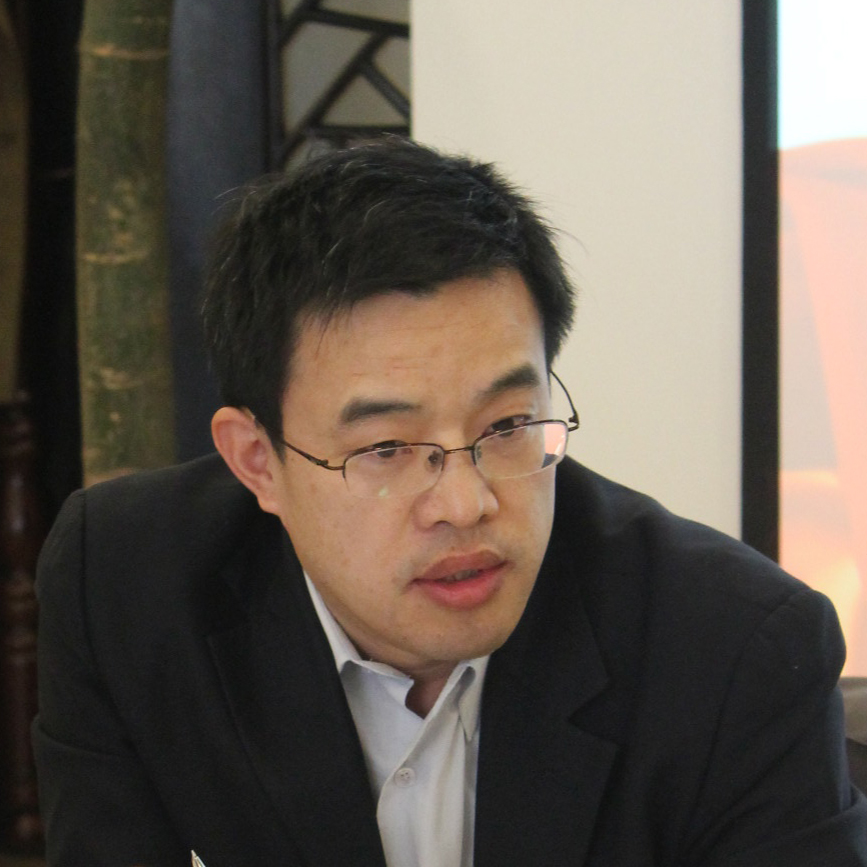
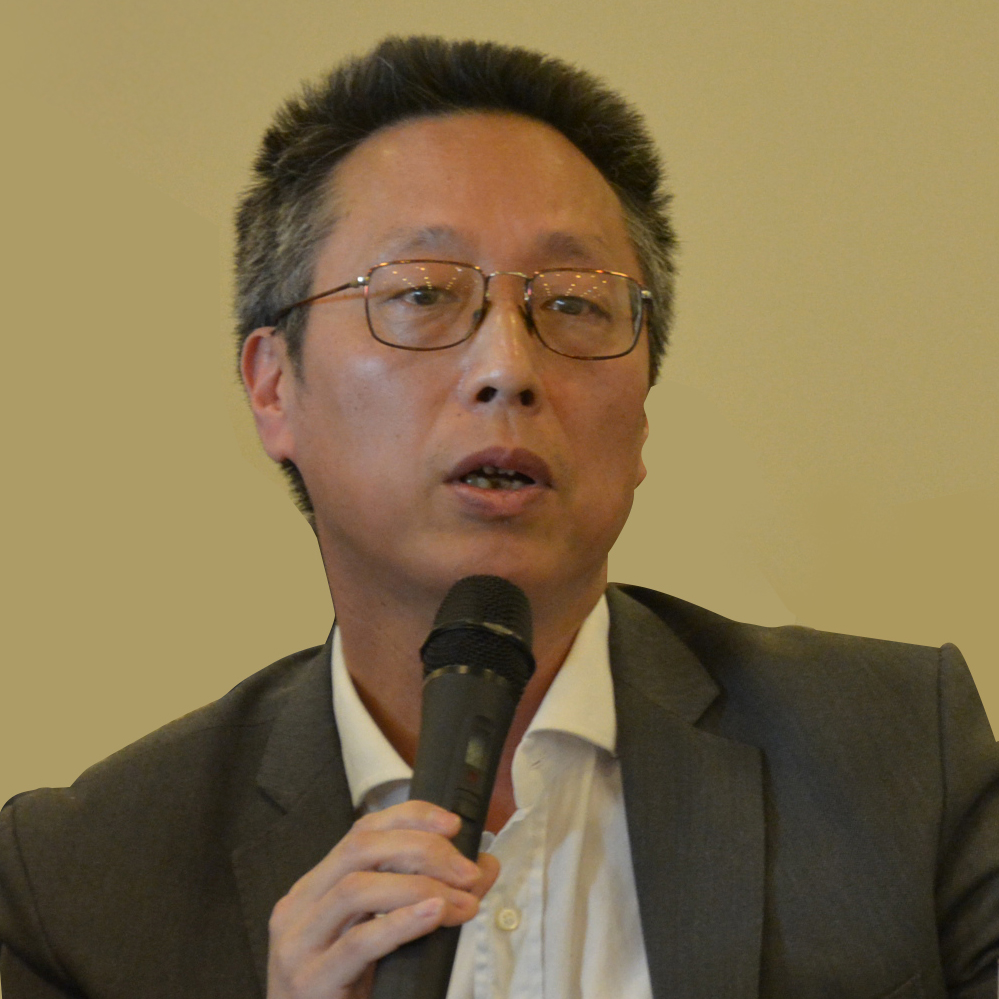
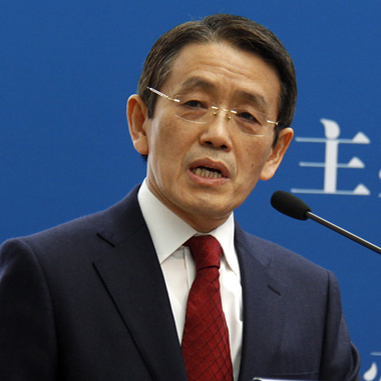
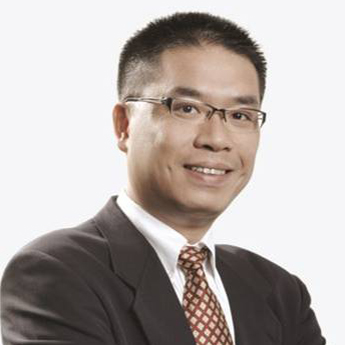
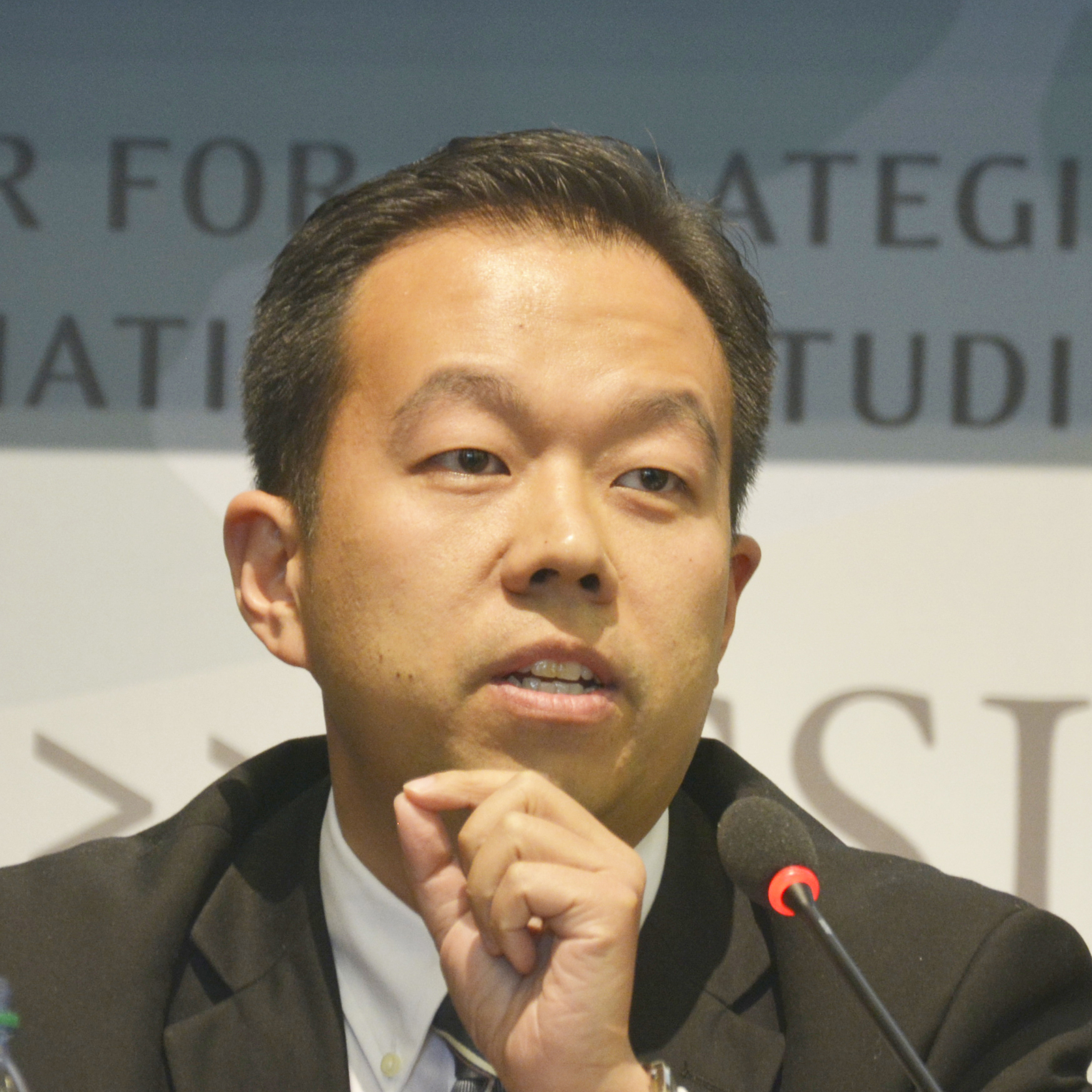
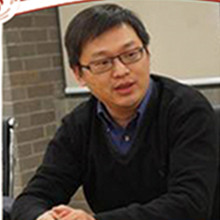
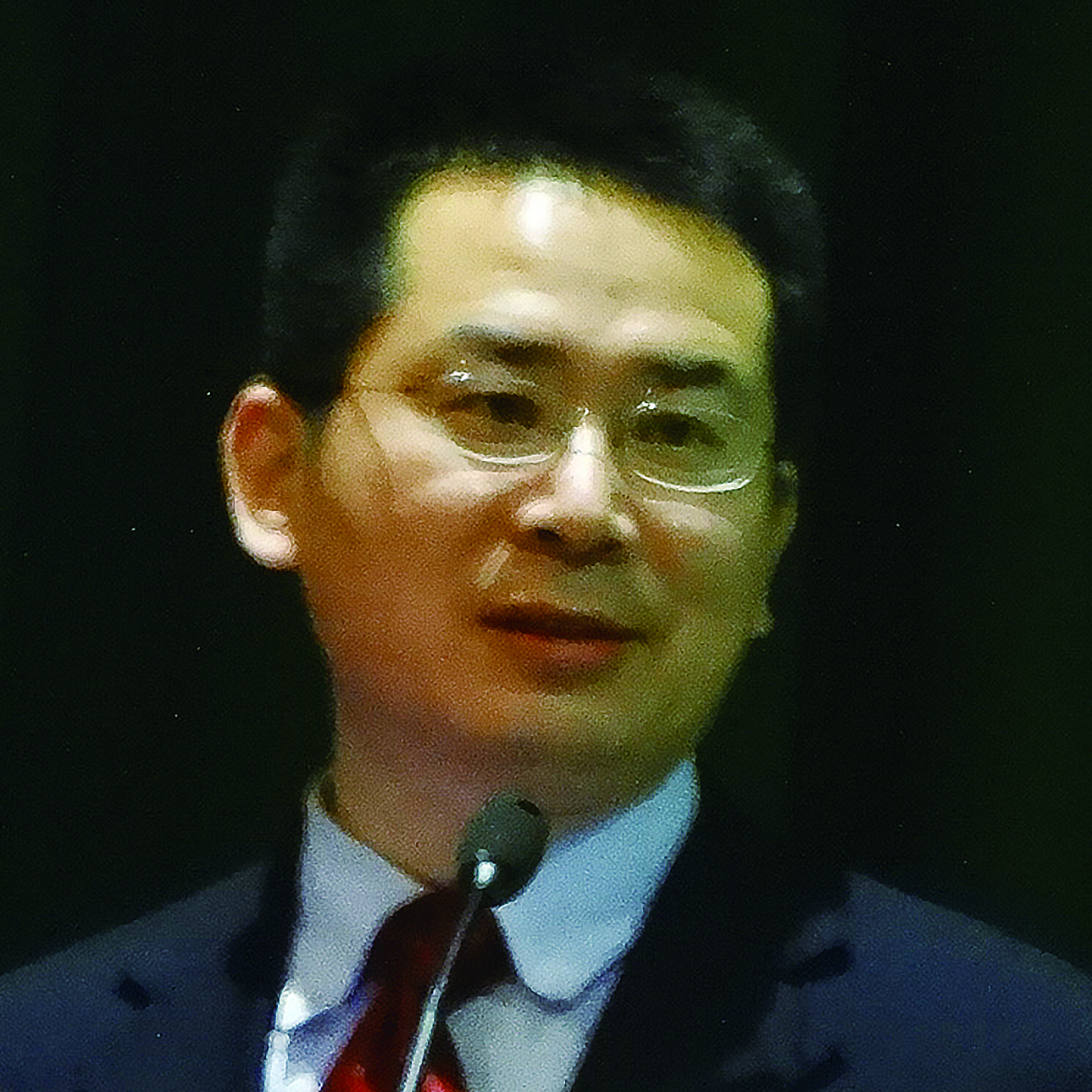
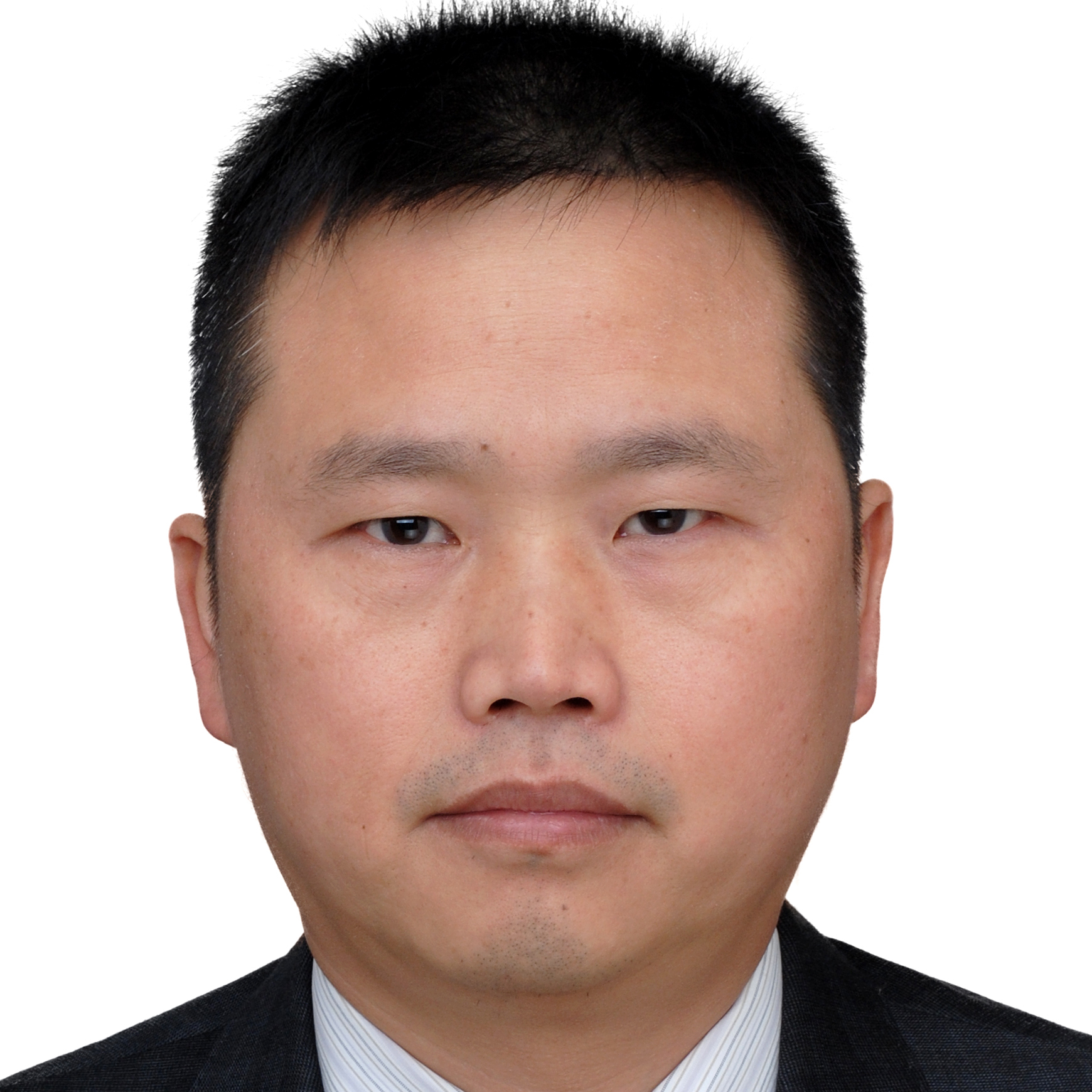
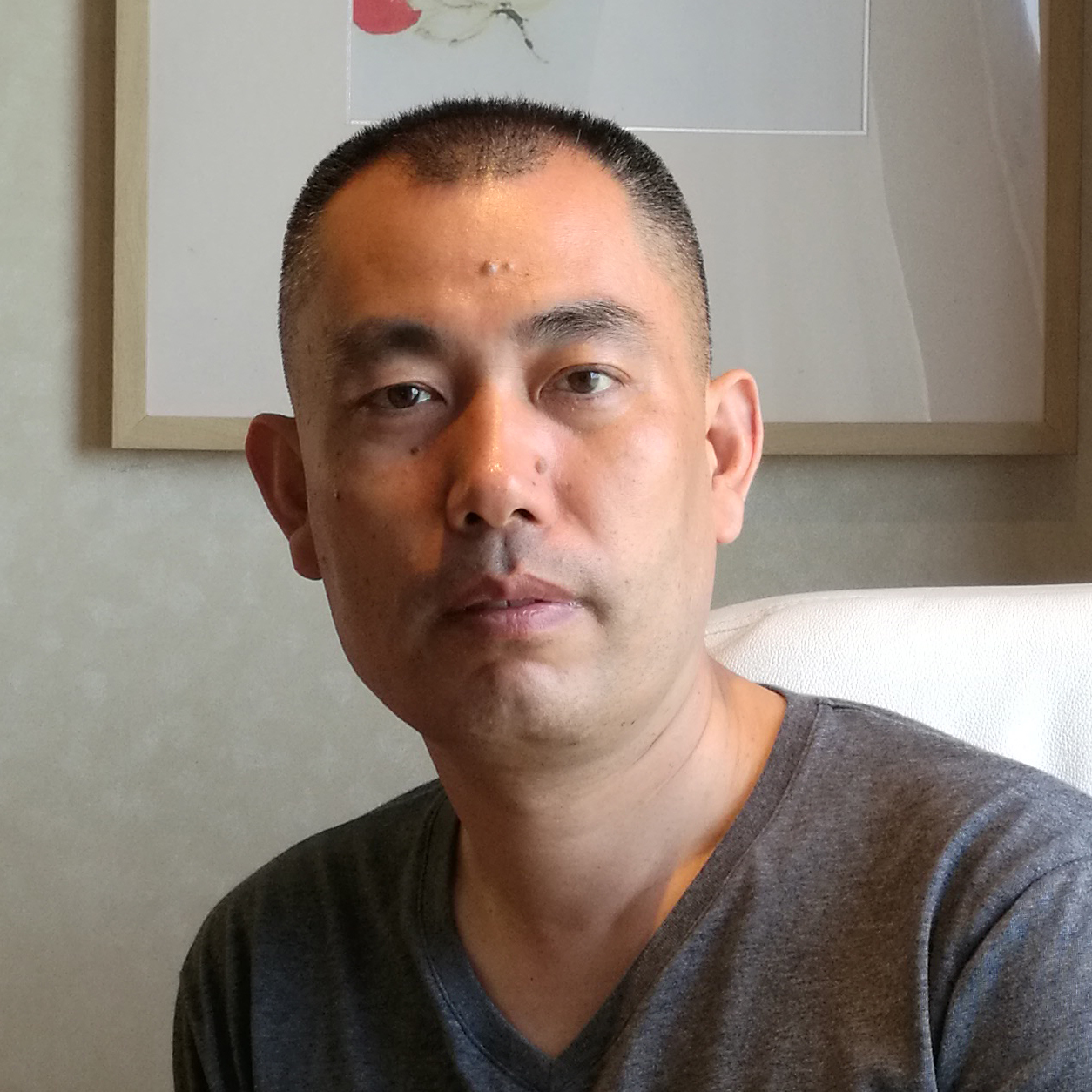
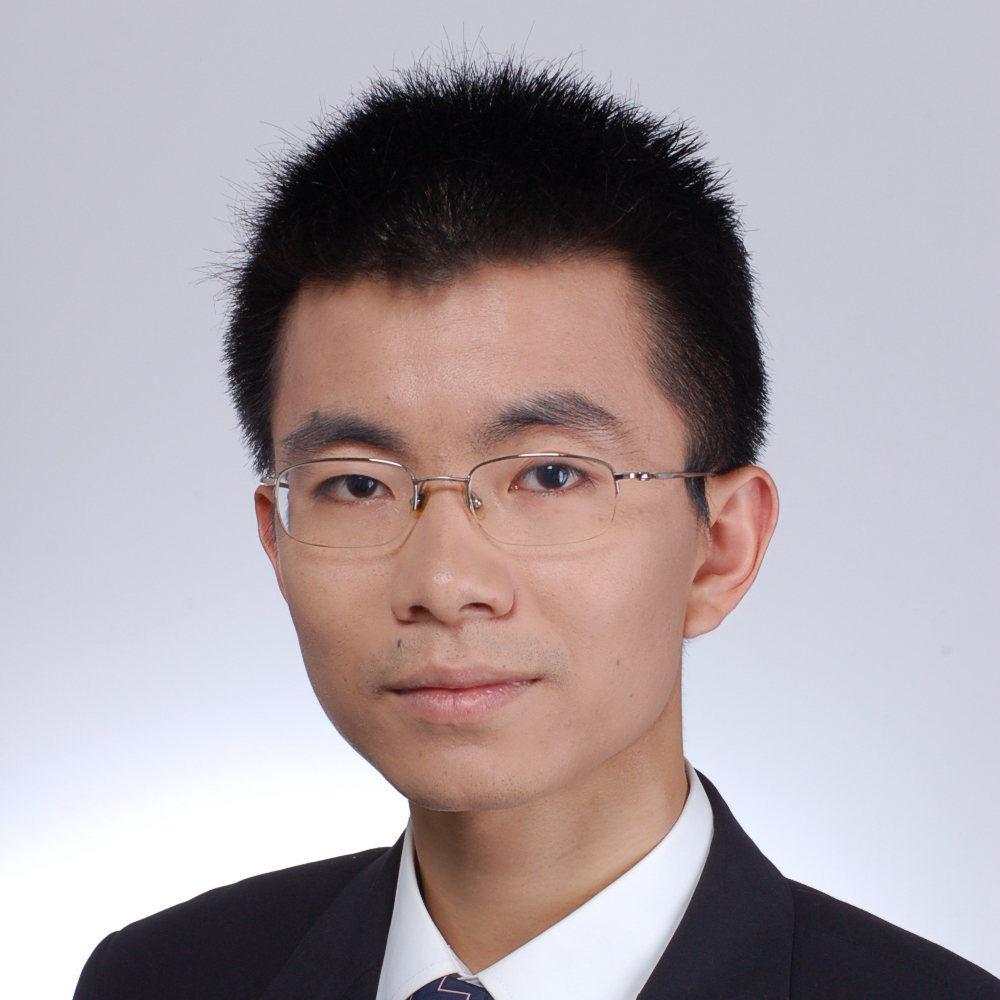
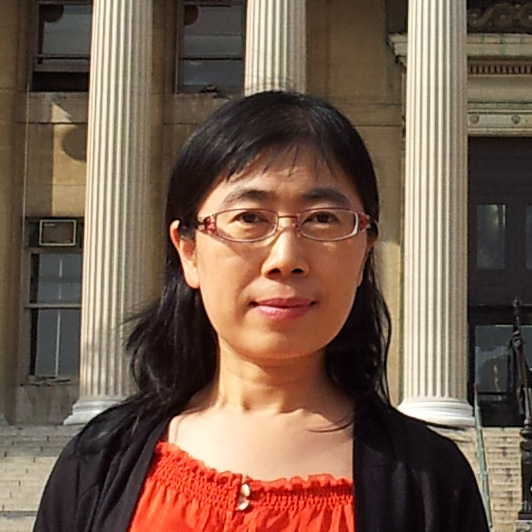
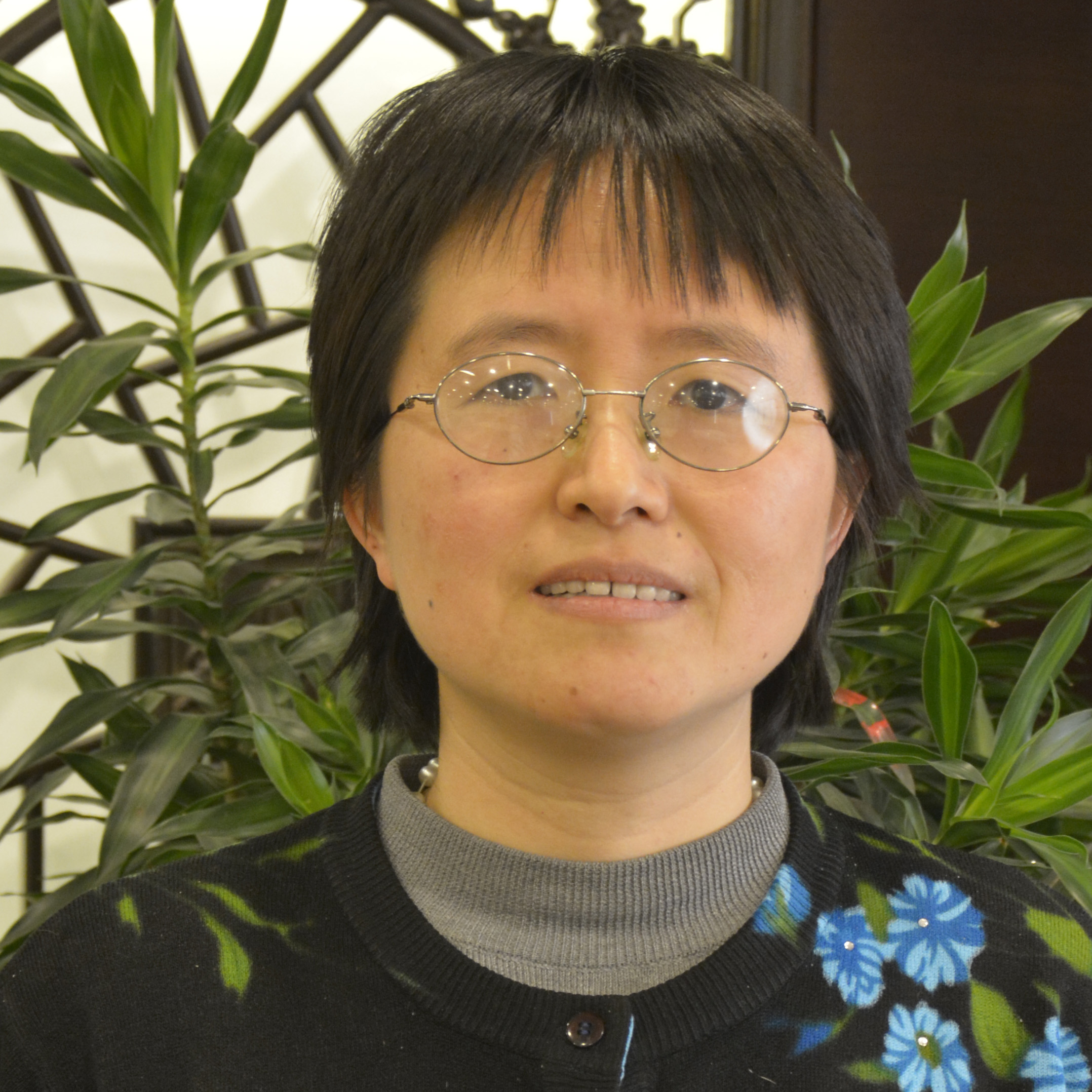

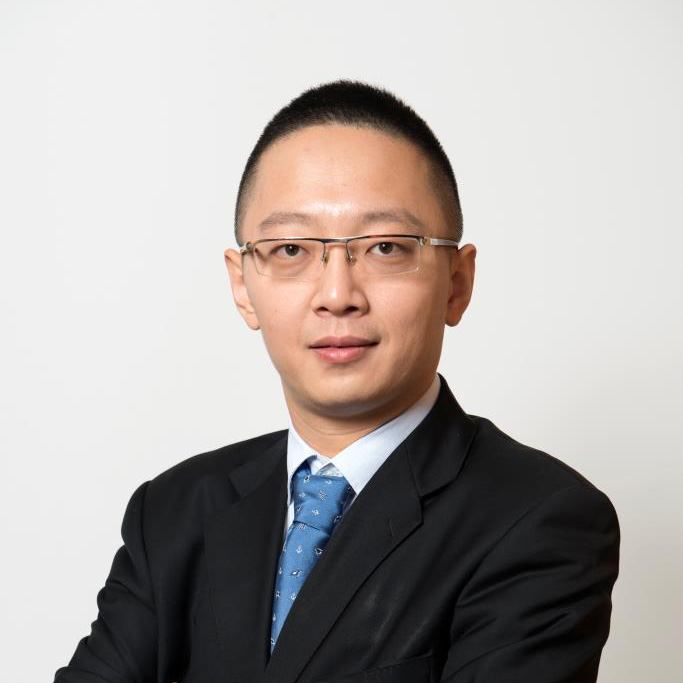
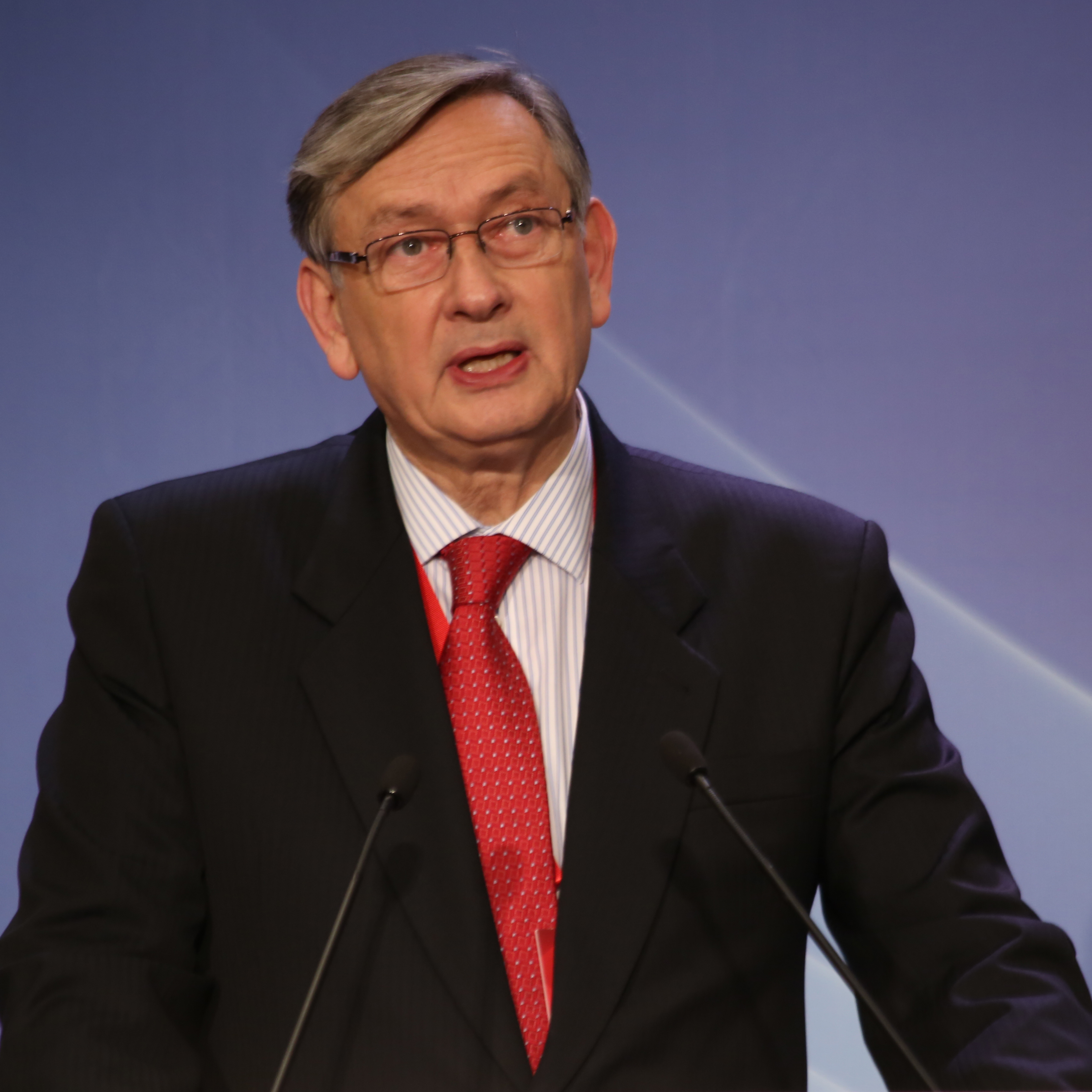
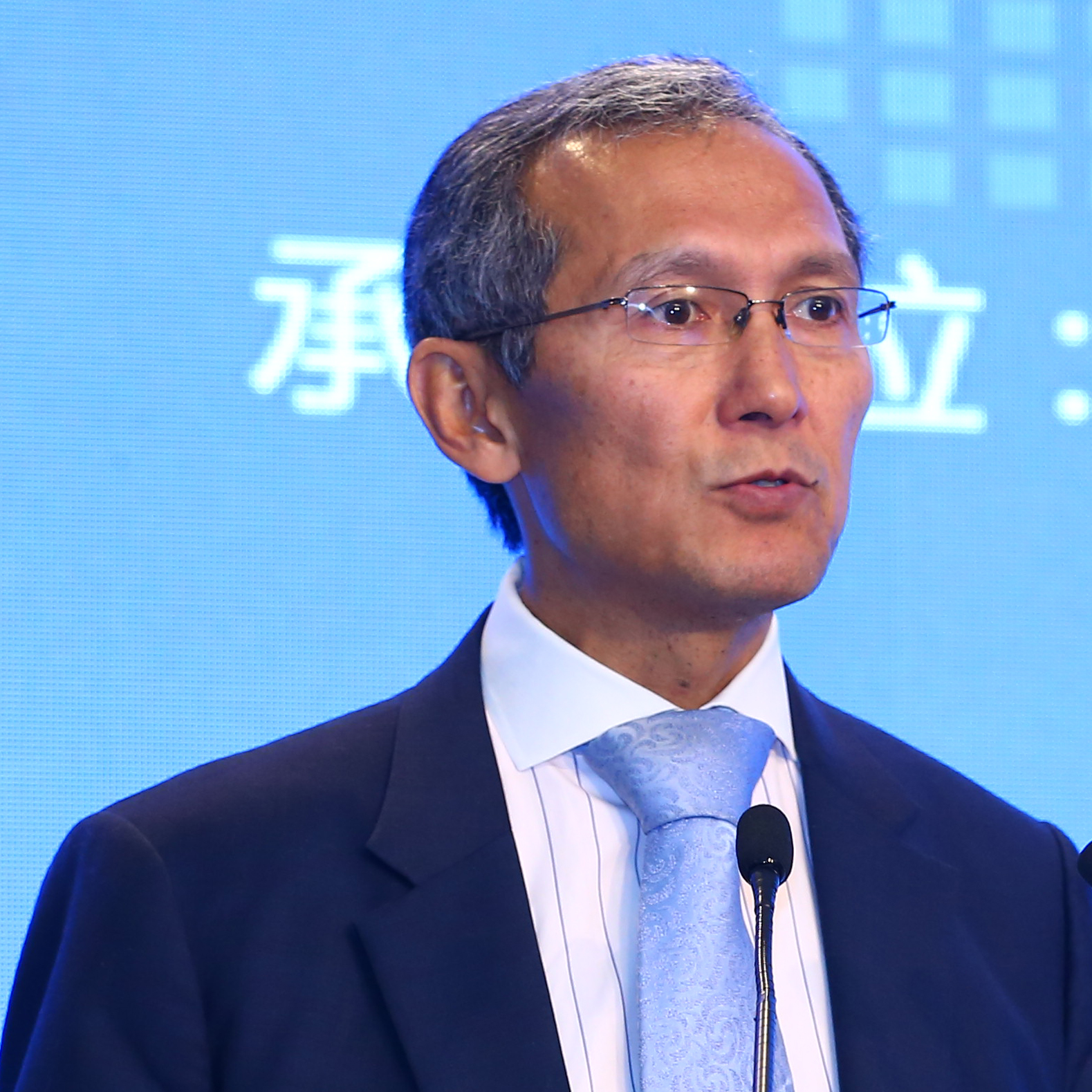
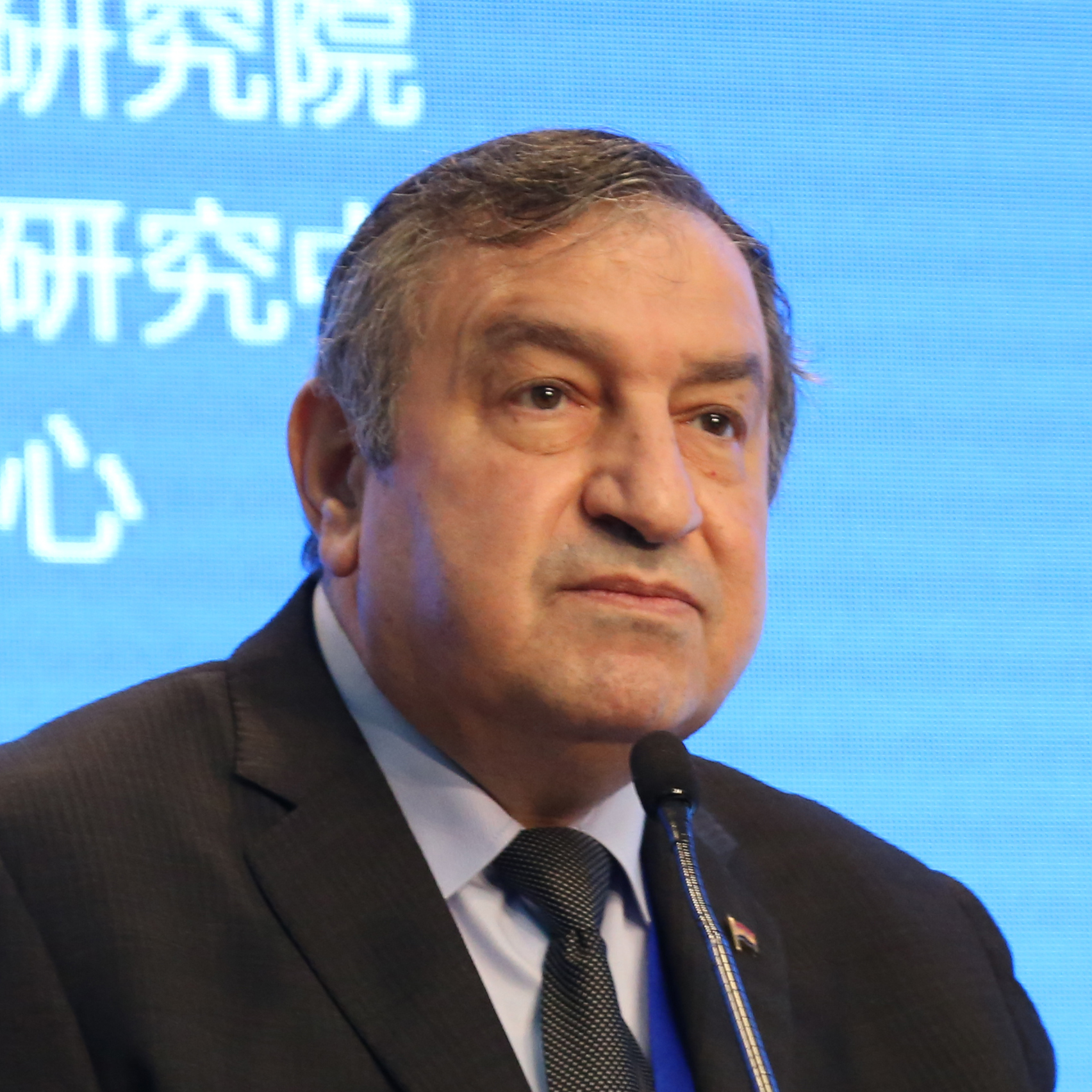

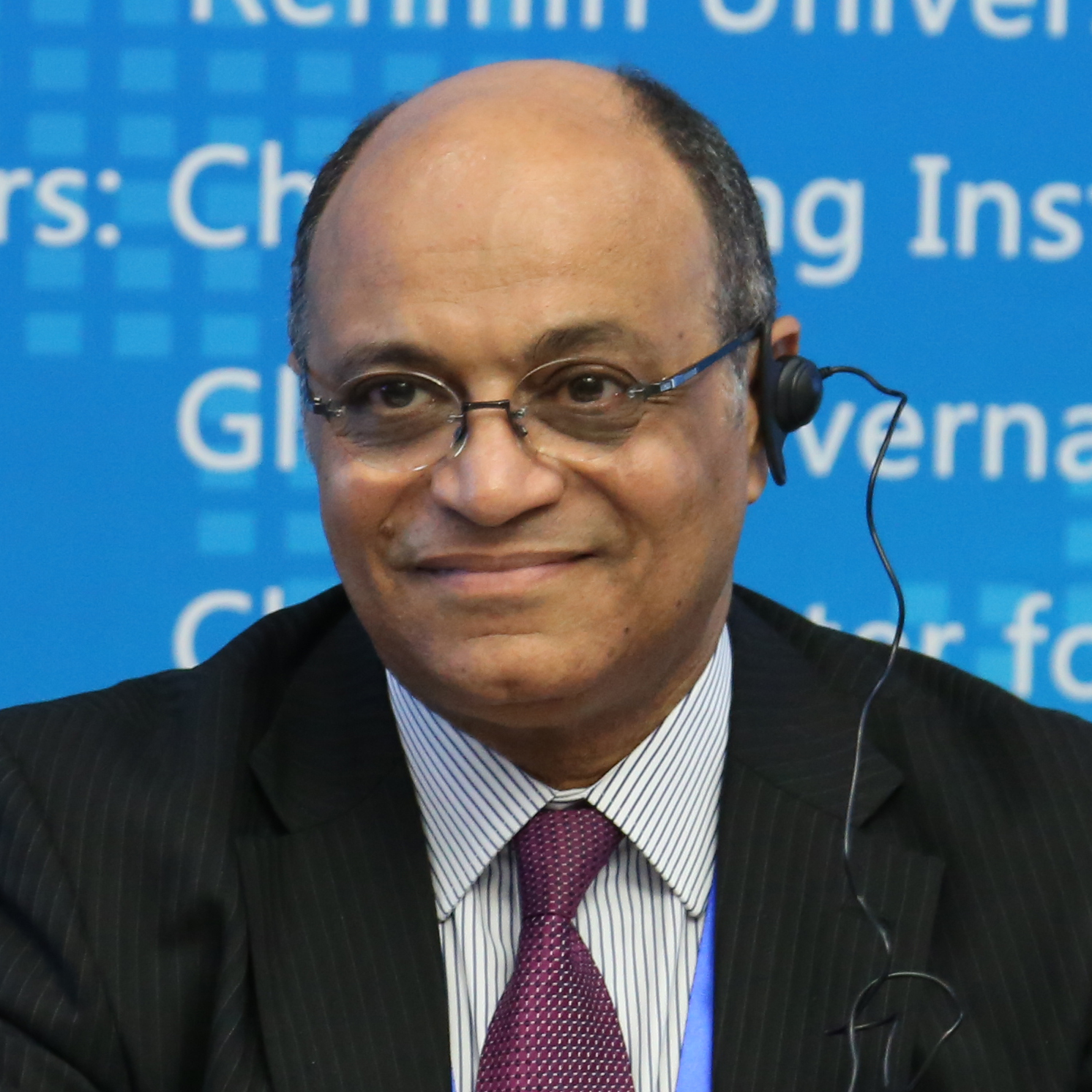










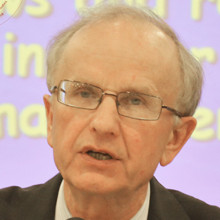
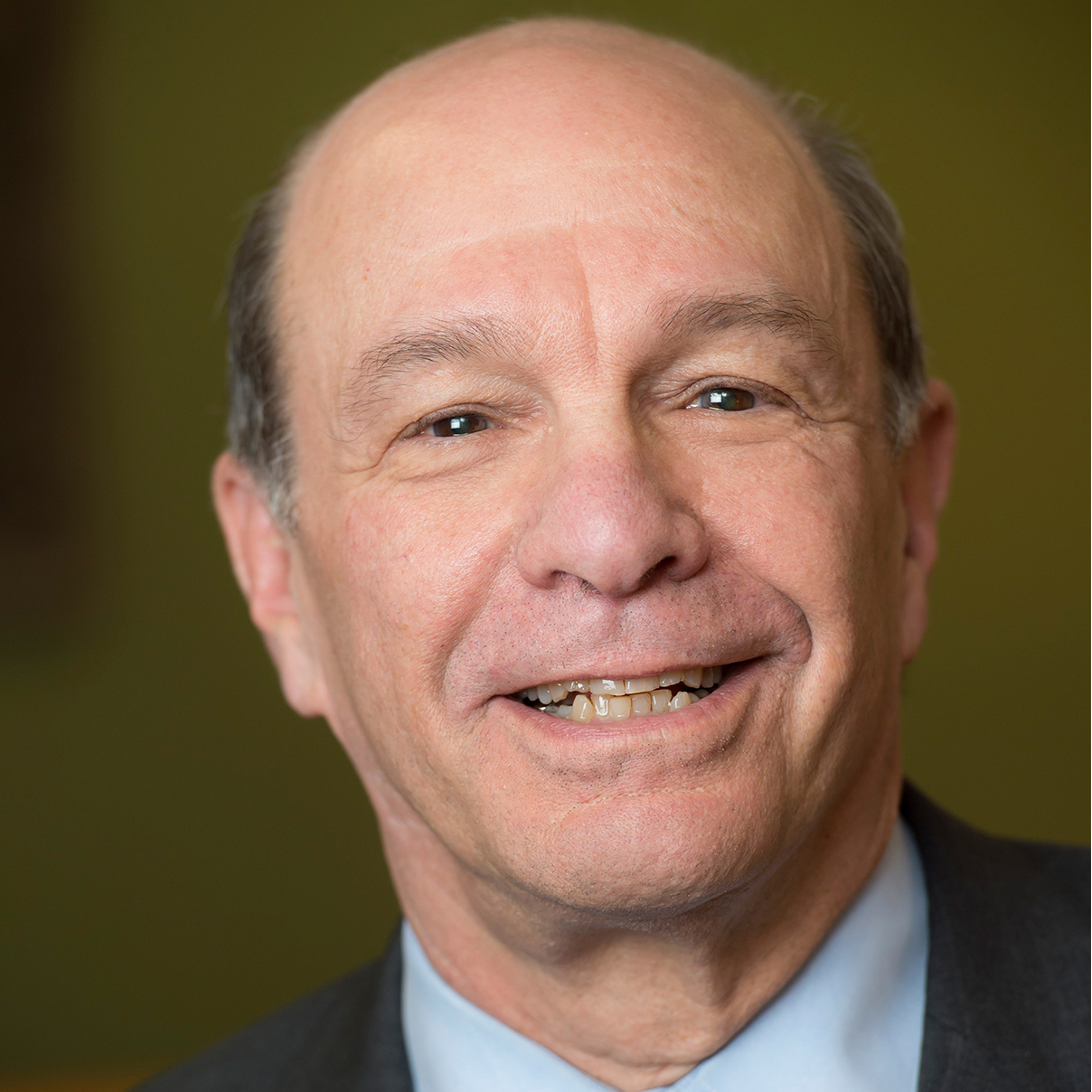
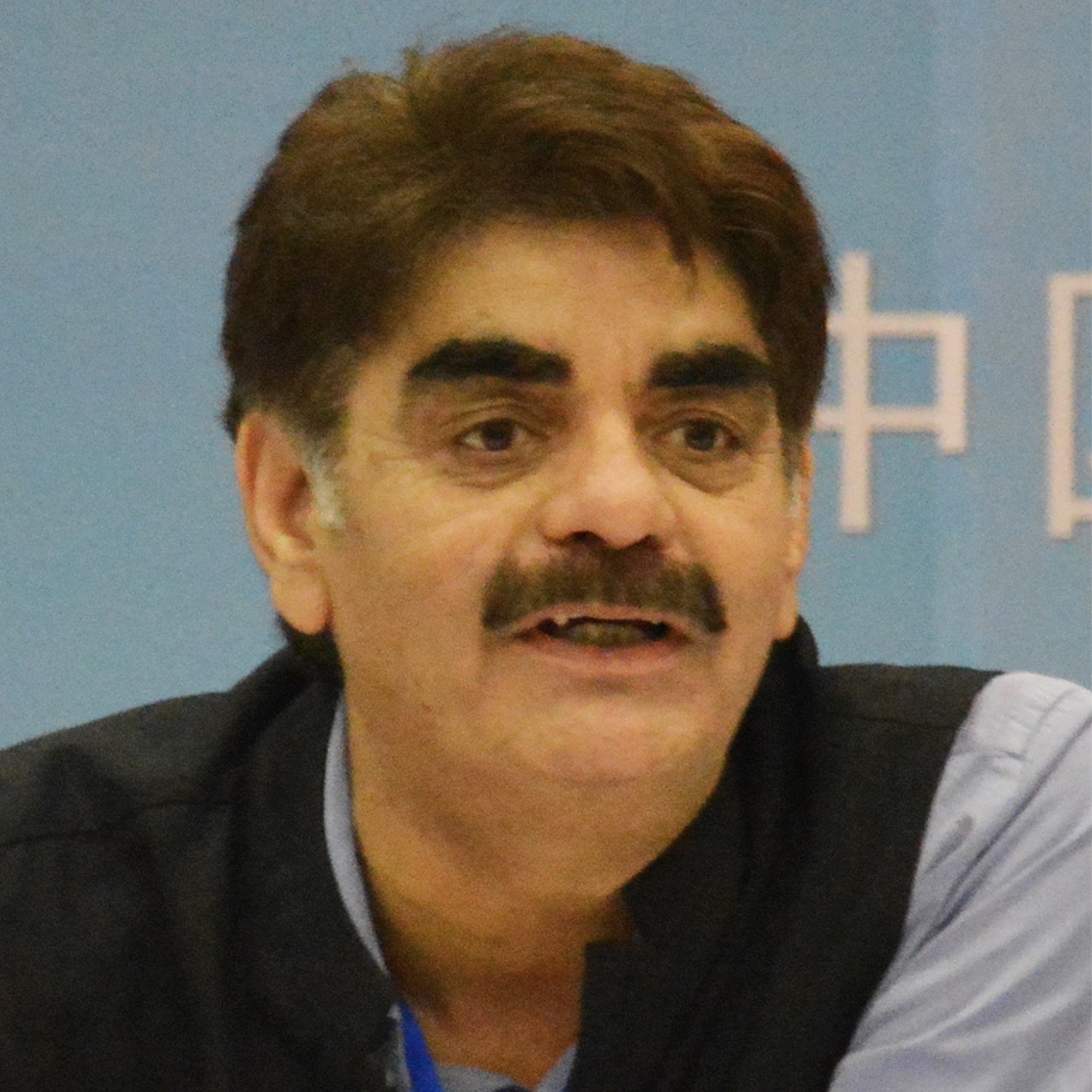
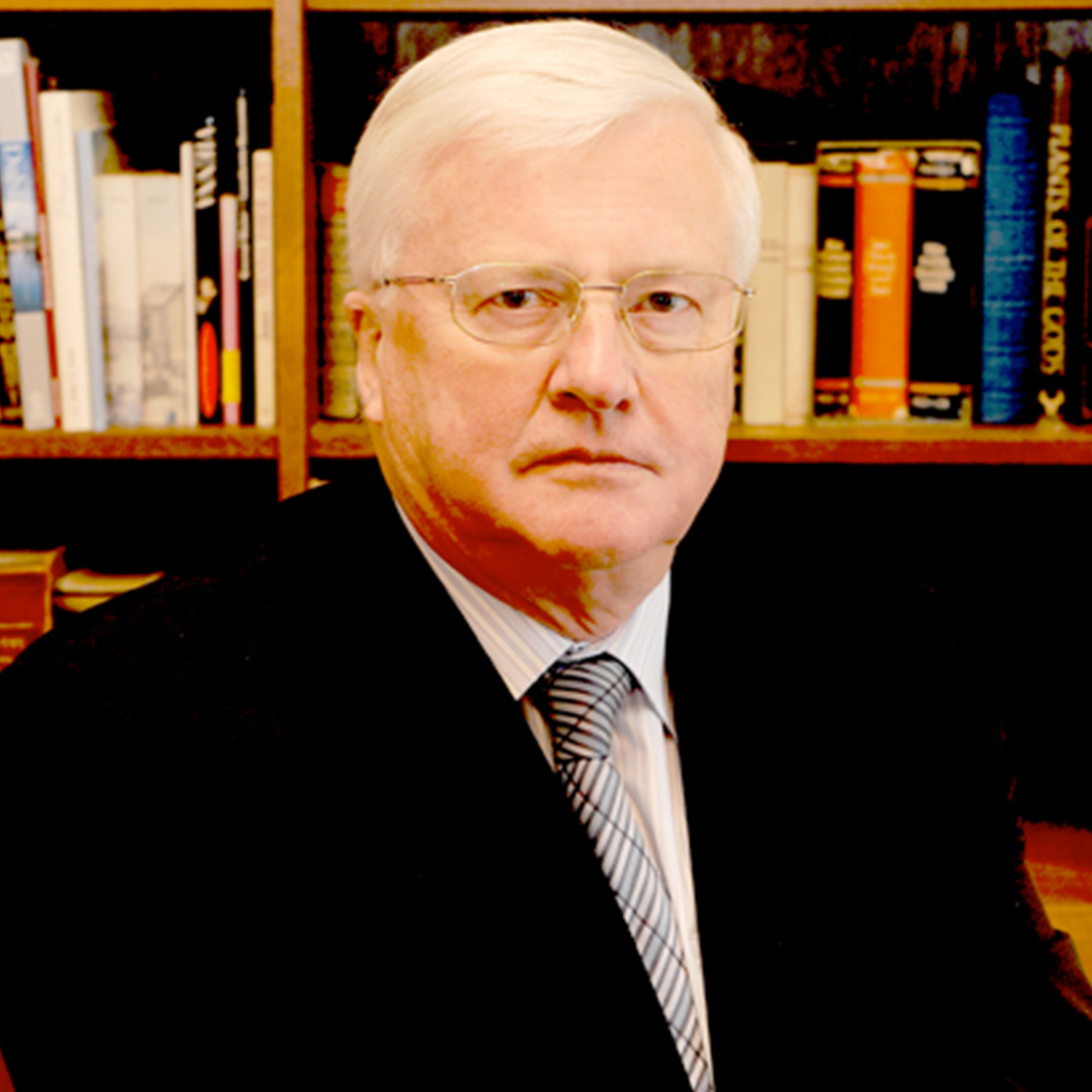
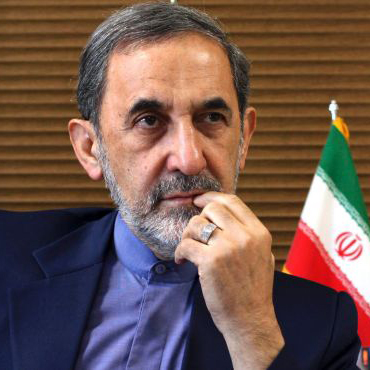


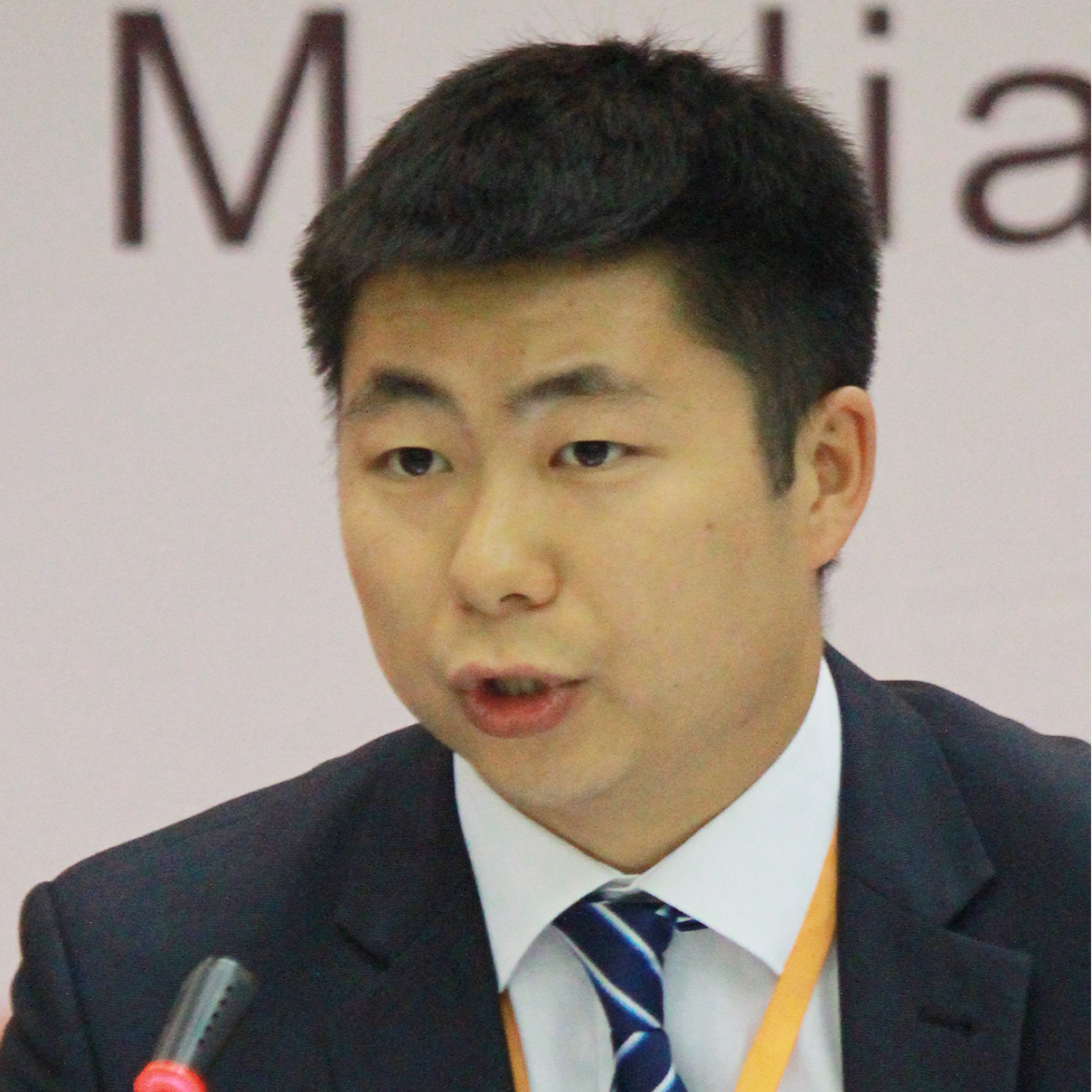
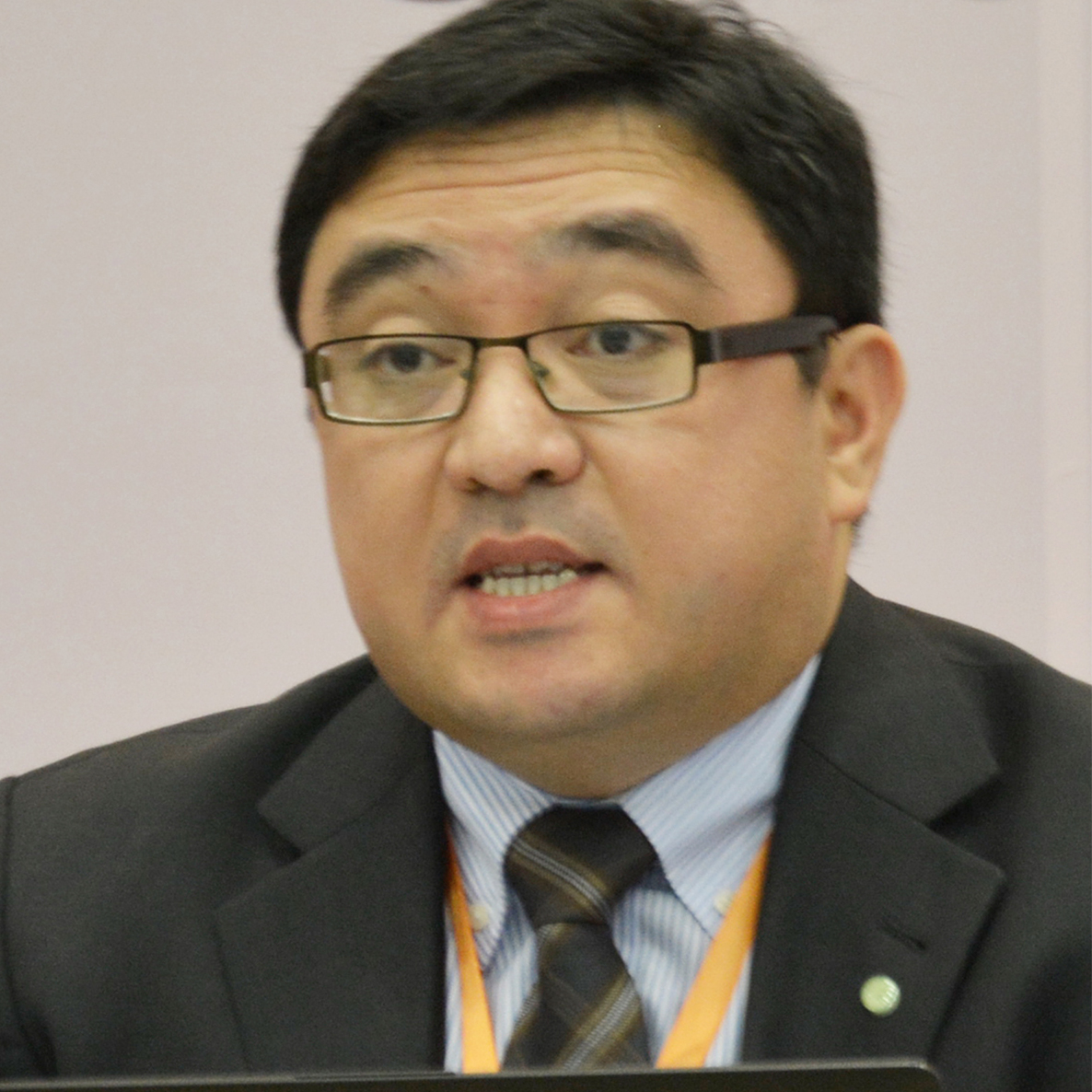
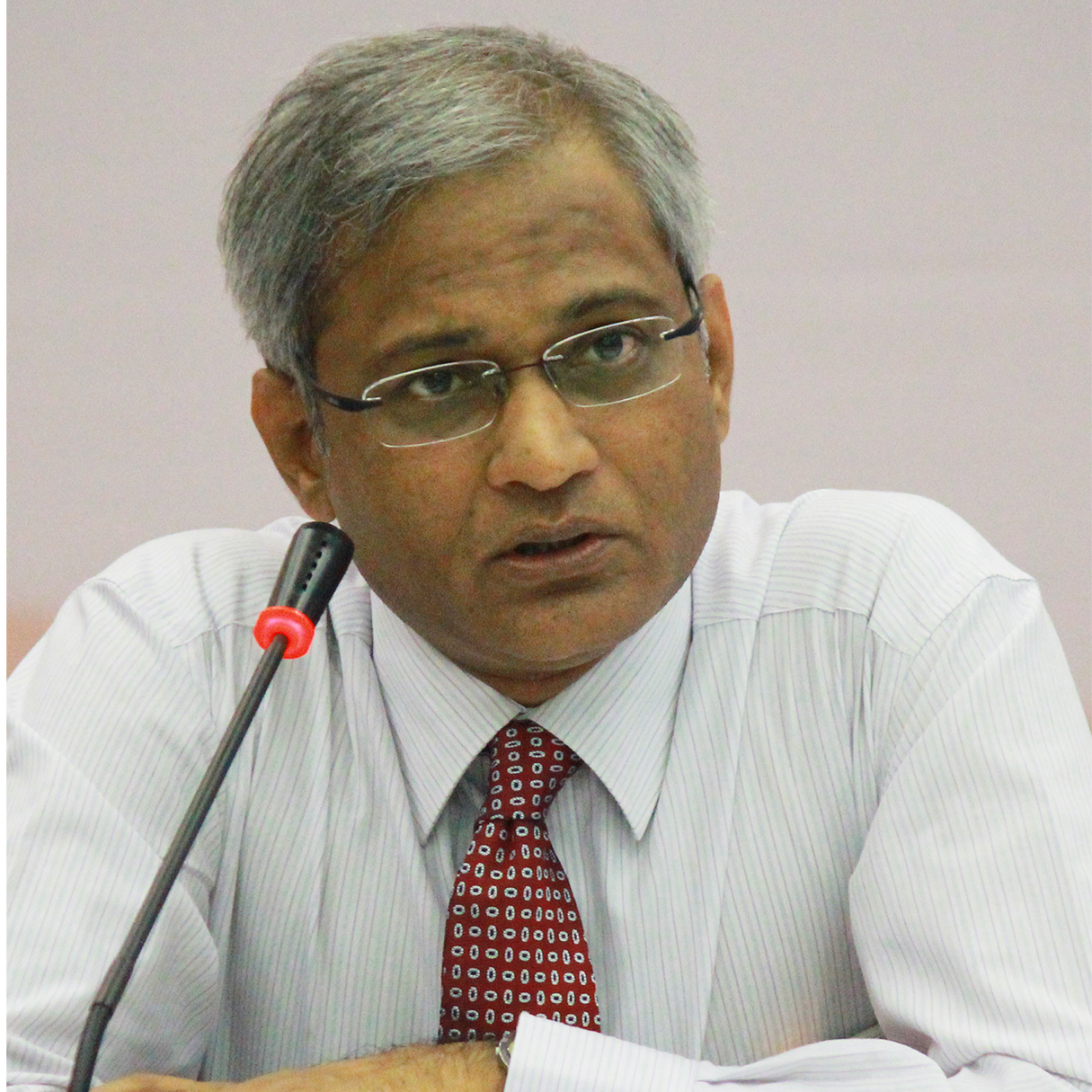





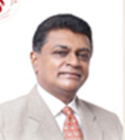





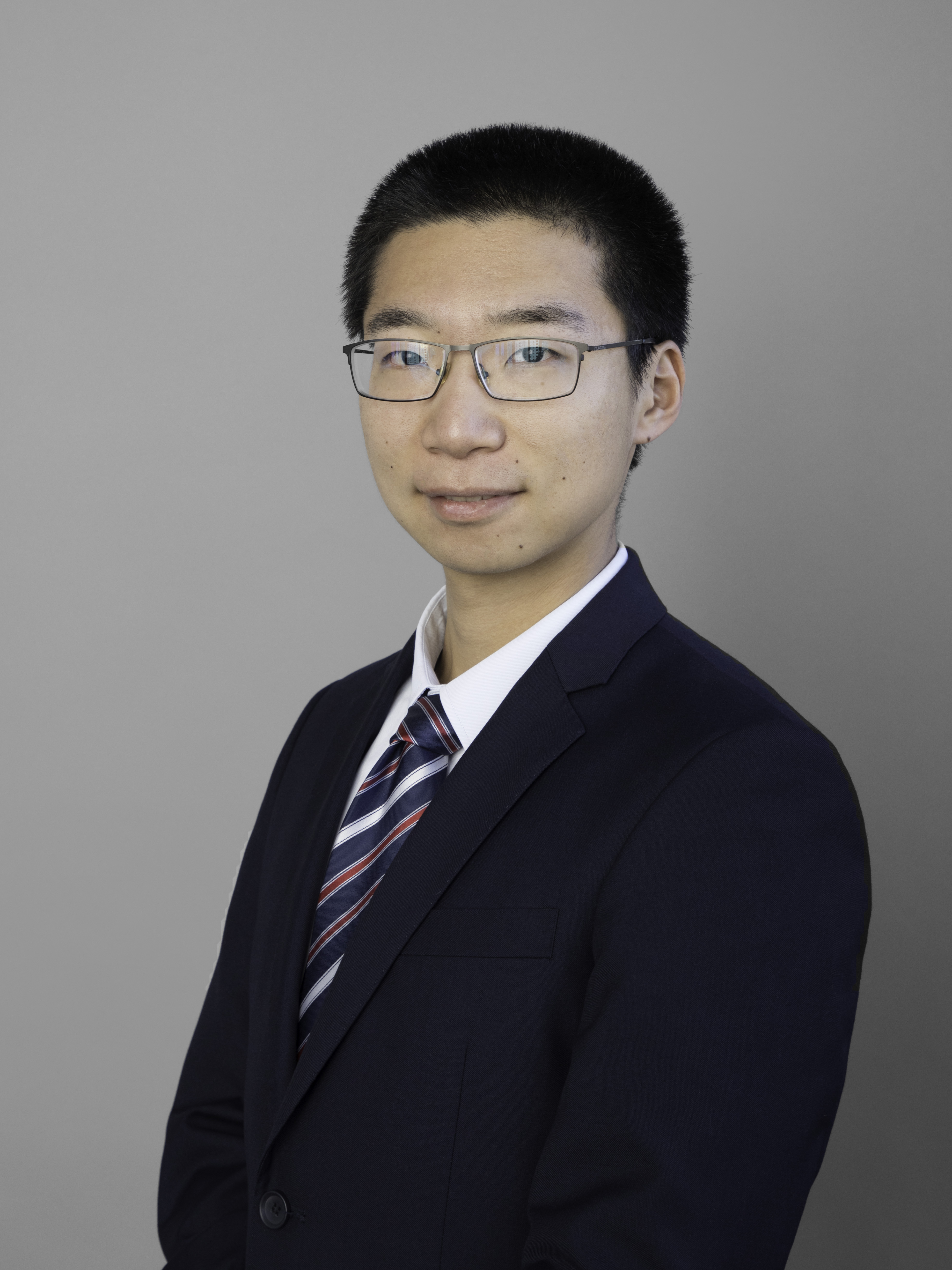

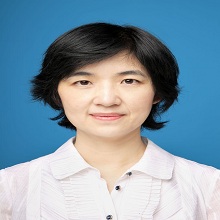


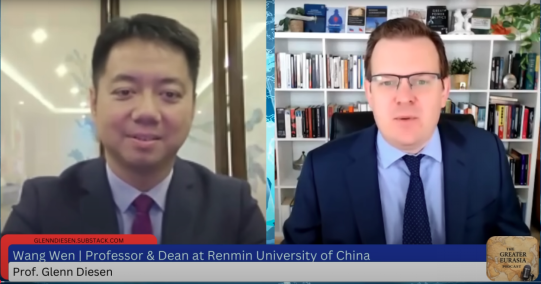
 京公网安备 11010802037854号
京公网安备 11010802037854号





